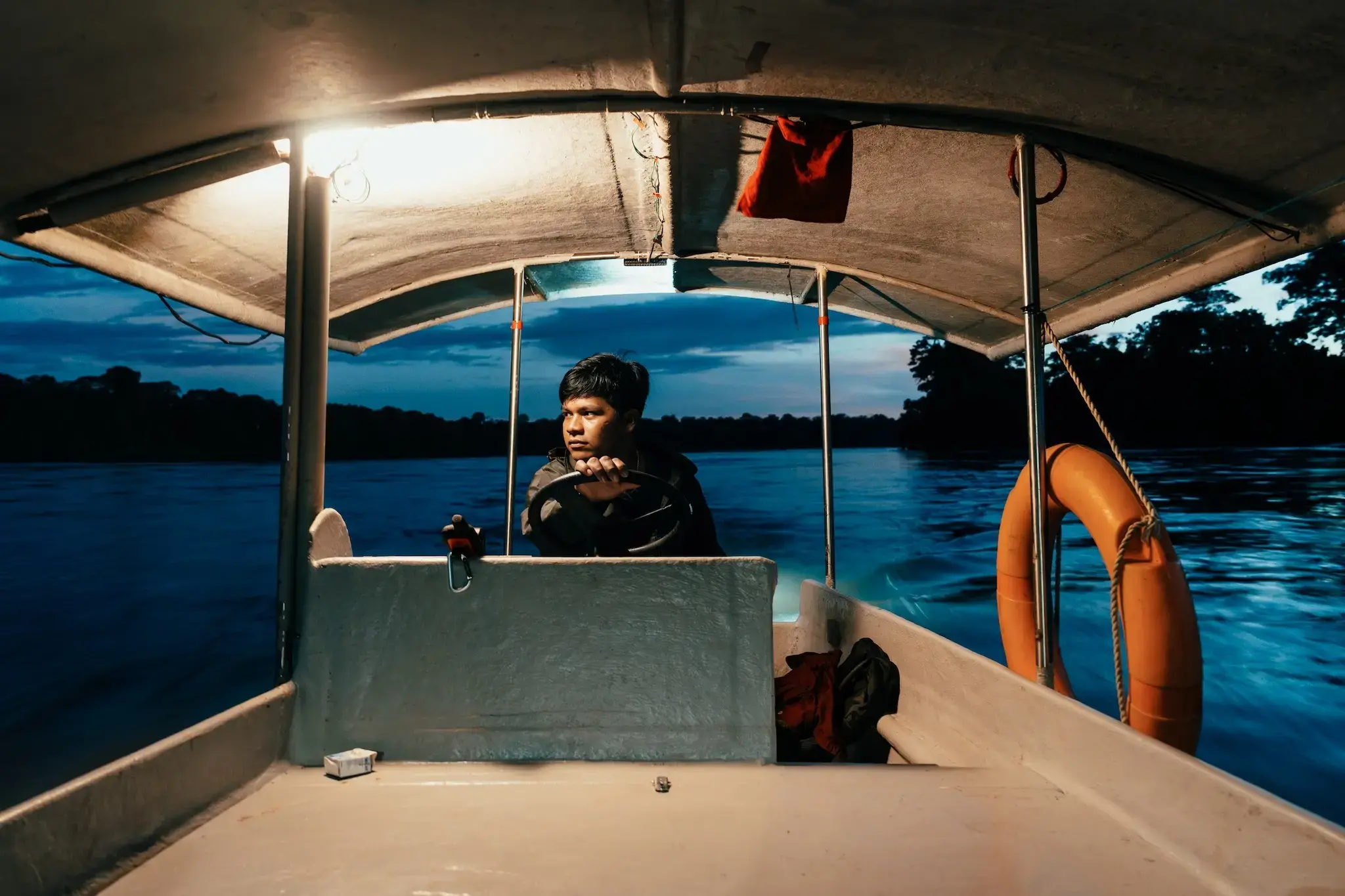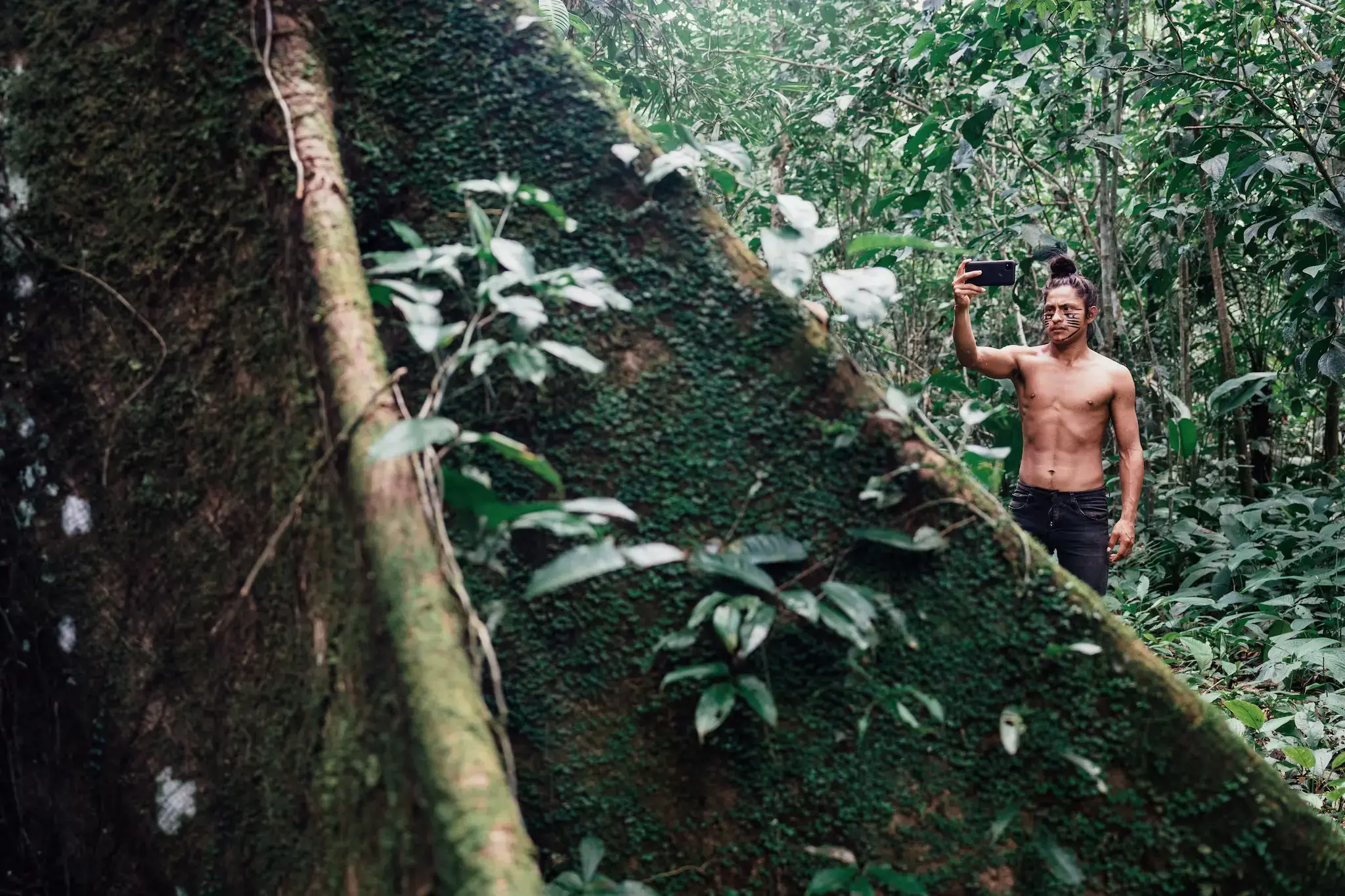
How solar power is changing life deep in the Amazon
SHARAMENTSA, Ecuador — More than 20 years ago, Nantu Canelos had a vision. The Indigenous leader saw in dreams how the wooden huts in this secluded Amazonian community glowed from within as night enveloped the lush, surrounding jungle.
This village of 100 people is enclosed by some of Ecuador’s biggest oil reserves. For more than 40 years, the local Indigenous people, the Achuar, have been advocating to stop oil development, which has ravaged large swaths of the Ecuadorian Amazon. But even as they fought against fossil fuels, gasoline was their only option to light their homes and power the boats tied to their livelihood. This area has the thinnest electric coverage in the country.
But now a smattering of solar panels across 12 villages in a couple of Ecuador’s deeply forested eastern provinces are making Canelos’s vision materialize. Every morning, before dawn, his people pass around a bowl of wayusa, a traditional drink made from a local plant that helps bring their dreams into focus. In them, they believe, lies the path of their communities’ future.
Now solar power is shaping how they go about daily life in ways big and small, from how they get to work to how they negotiate their connections to the world beyond the Amazon.
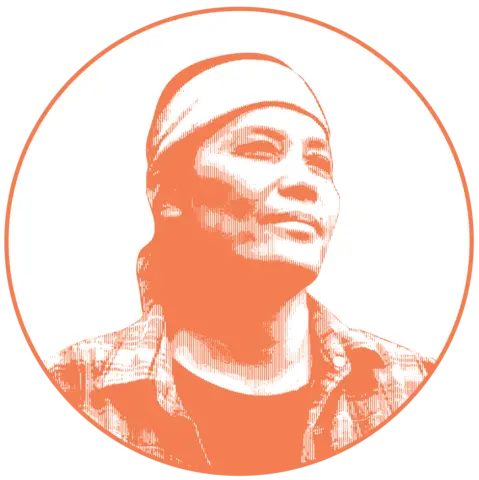
As a nonprofit journalism organization, we depend on your support to fund journalism covering underreported issues around the world. Donate any amount today to become a Pulitzer Center Champion and receive exclusive benefits!
A new form of transportation
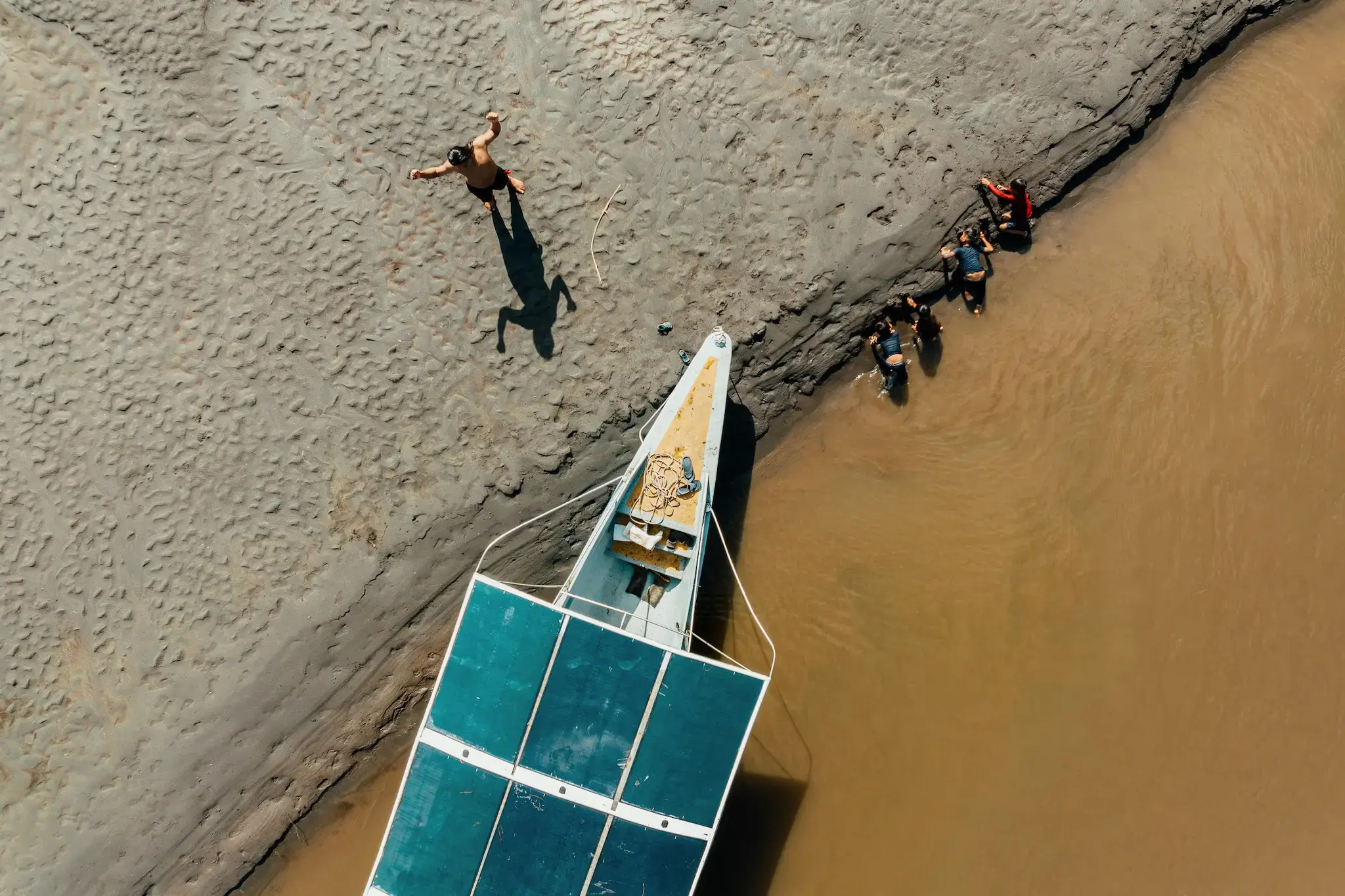
In this secluded part of the jungle where there are no roads, rivers are the highways. “Peque peques,” the commonly used small gasoline-powered boats, announce their arrival from several kilometers away.
Now their roar is giving way to the silent glide of solar boats. These vessels move more slowly and leave no trace of gasoline in the water — another plus for communities that rely on the river for drinking water, to bathe and to prepare food.
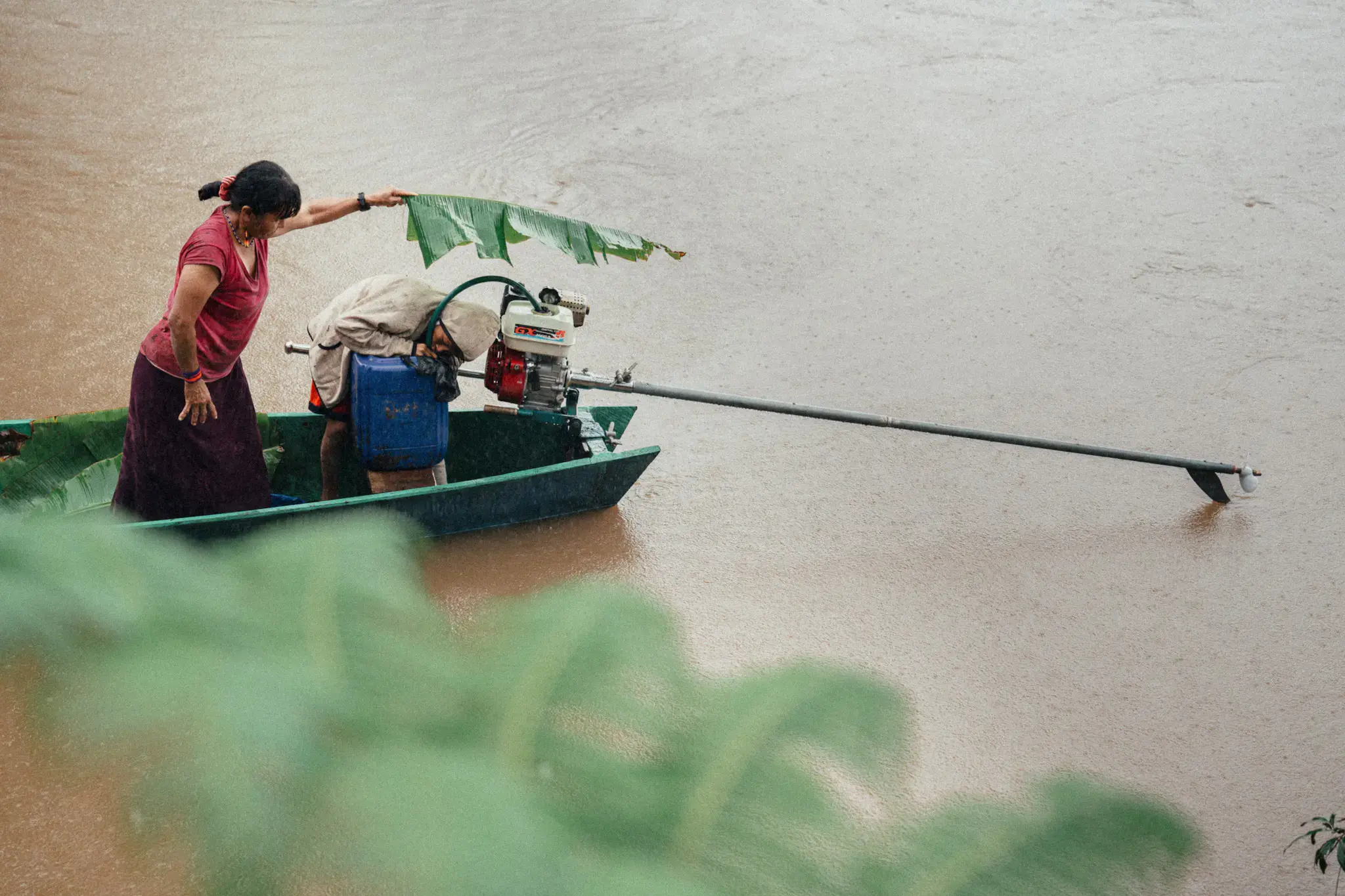

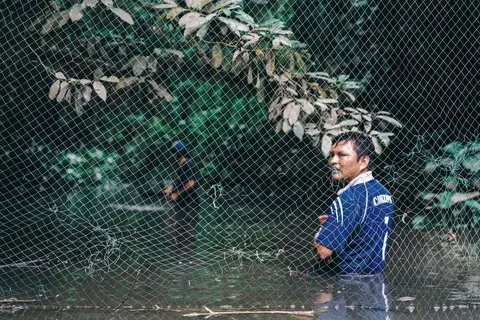
Loaded with panels on their roofs, four boats now circulate across 12 Achuar communities near the border with Peru. Kara Solar, a nonprofit organization that promotes solar energy in this region, gave local residents the boats, which they are in charge of building, fixing and running. The group, which is funded by outside donations, wants to add 10 more boats over the next two years.
Every Saturday, Domingo Mukucham takes passengers back and forth from Wichimi, a small village of 43 families deep in the forest, to Nunkui Port in Taisha, the nearest town. Before, people had to pay $10 for a peque peque trip or walk seven hours to get there. The ride in the solar boat, dubbed Wampi after a local fish, takes four hours and is free.
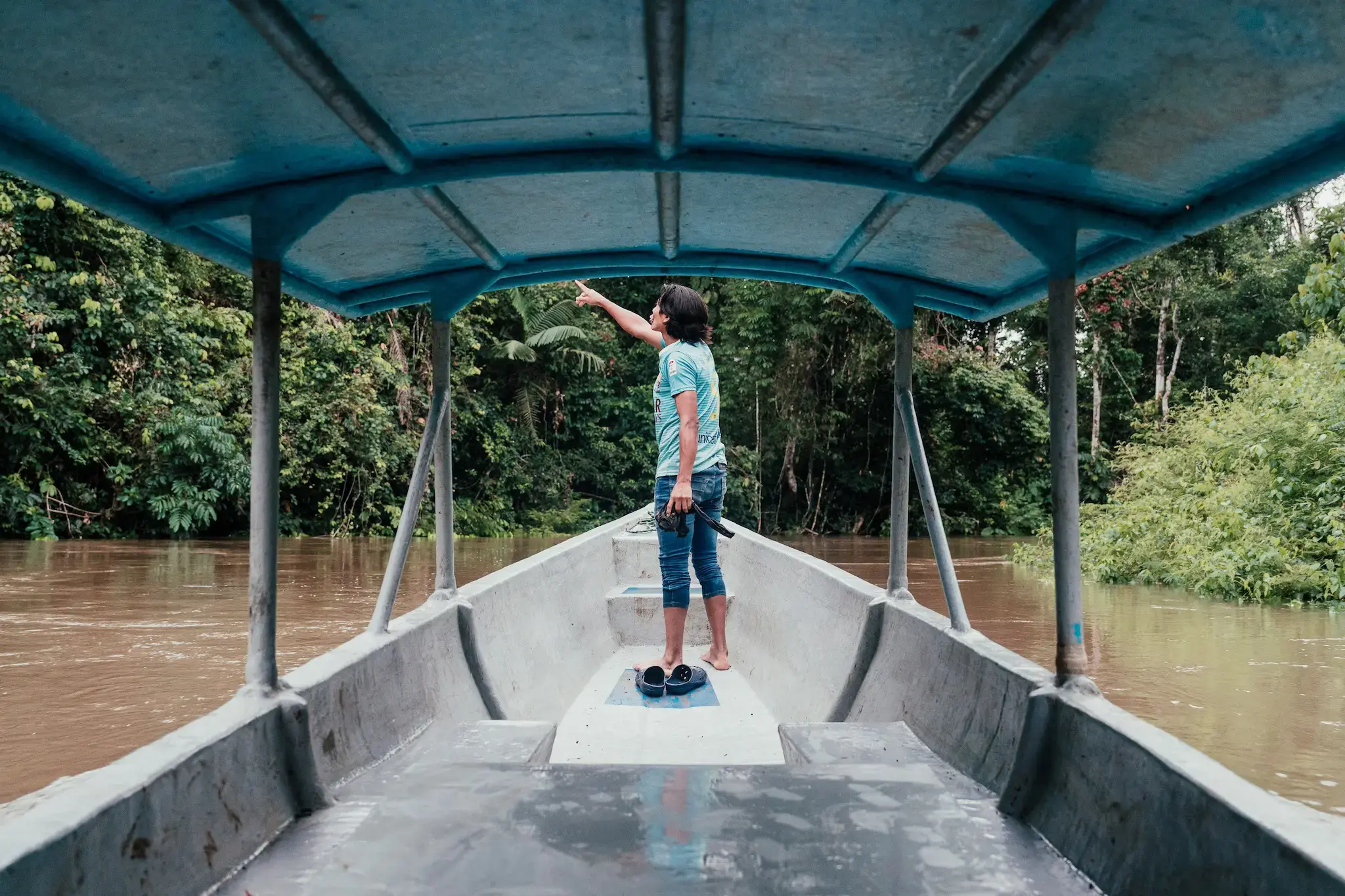
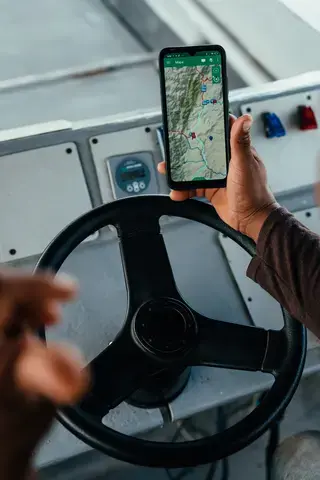
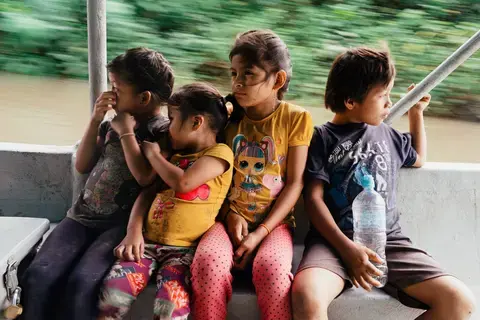
This helps family budgets go further. Mothers can collect government help in Taisha and sell bananas and cassava, or buy medicine and clothes for their kids.
And children now have a safe way to get to school. Before, they had to cross a rickety suspension bridge. When it rained, they covered themselves with large banana leaves, though the biggest risk was falling into the river. Now, the number of children who show up to school from nearby communities has more than doubled, said Nella Atamain, who teaches math, literature and art.
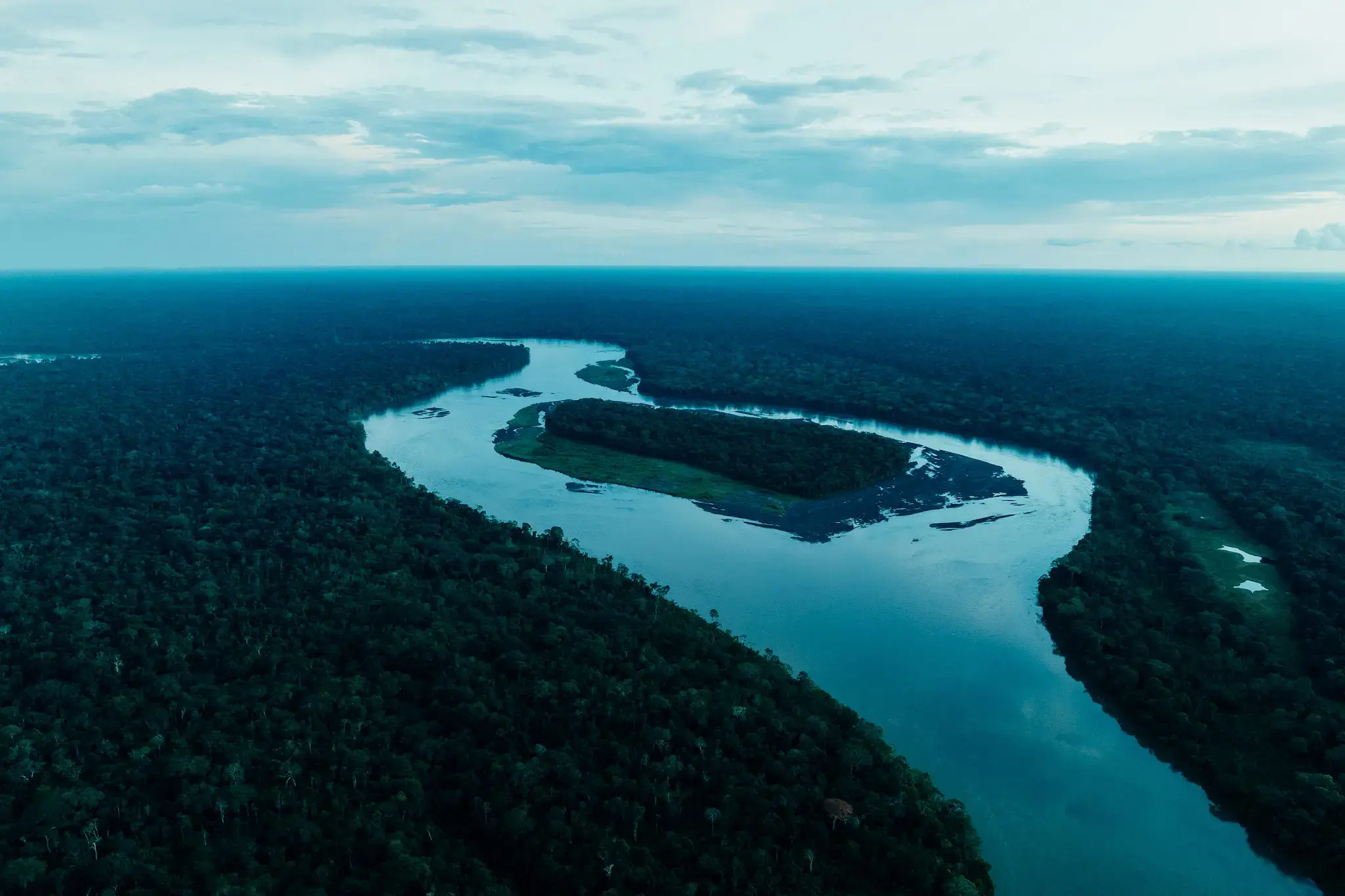
Power to schools
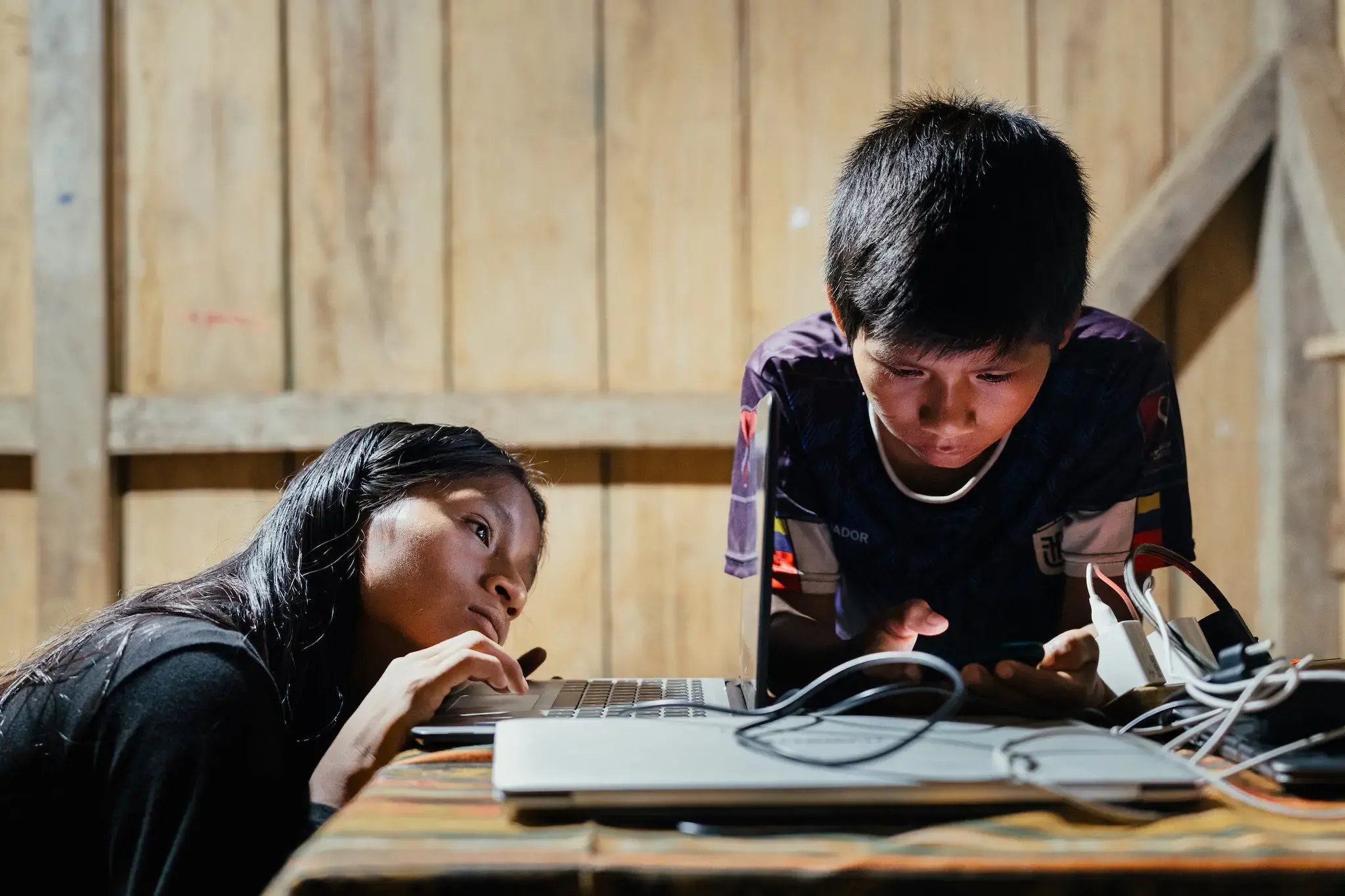
For years, Las Tunas school in Kapawi, an Achuar community 30 minutes from Wichimi by plane, had monitors and computers but no electricity to run them. The only way to power up in most of these villages is through gasoline generators. Running one for a few hours a day can cost up to $100 a month— an unaffordable luxury for families that survive on an average monthly income of $90. The province of Pastaza, where Kapawi sits, is one of the poorest in Ecuador, with more than 60 percent of its residents living on less than $3 per day.
But last year, armed with drills and cables, a cadre of Achuar technicians hooked up the school to solar panels donated by Kara Solar. Satellite technology, also powered by the sun, powers a WiFi network.
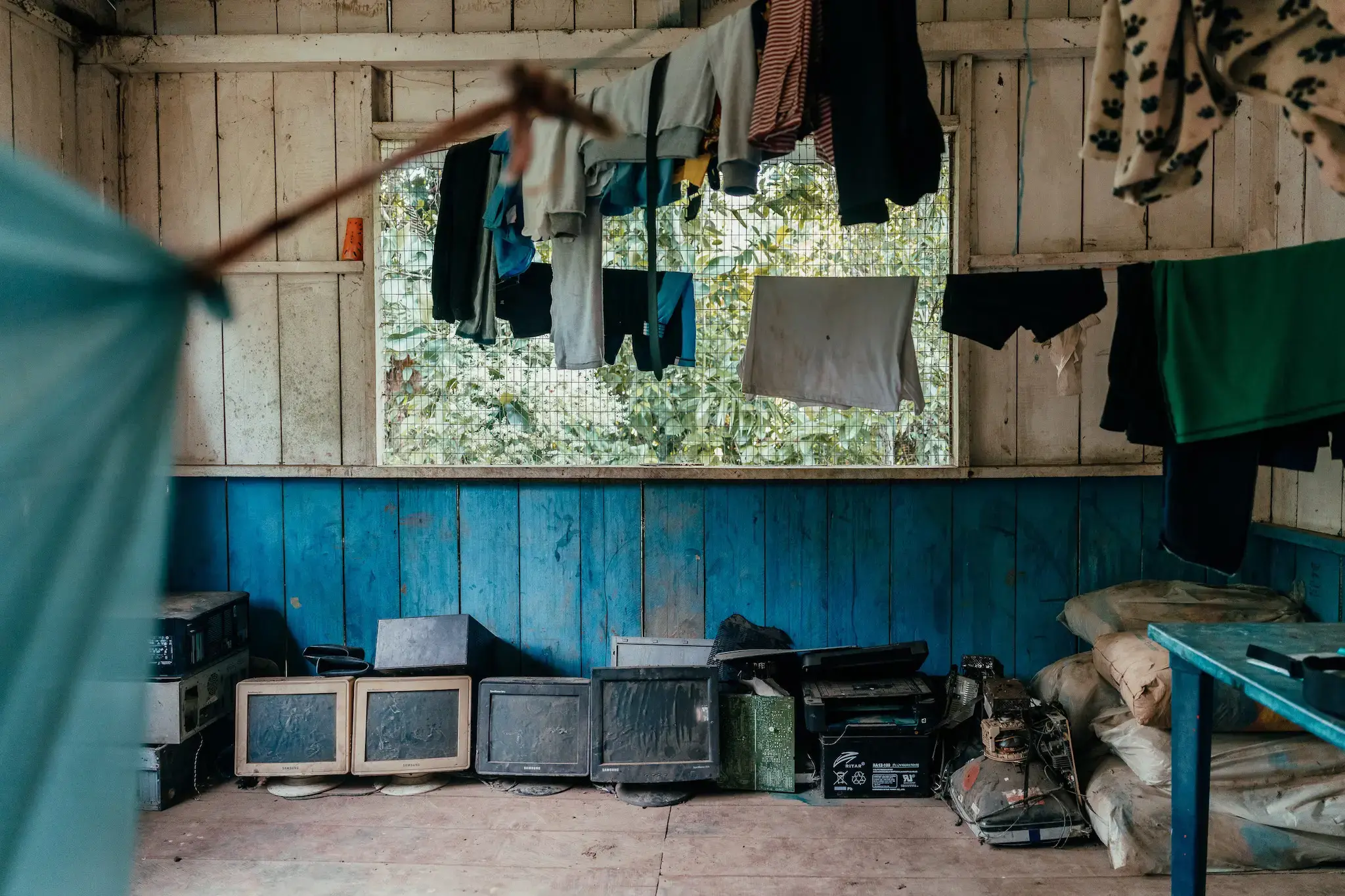
Now students do their homework on laptops and research other cultures around the world. Those close to graduating are already using the new tools to learn how to promote tourism in their community.
Aside from math and spelling, Luis Mukucham, the school principal, wants to offer a new subject to teach children about solar power and how to harness it. “I want the Achuar youth to become interested in making panels and batteries and even a robot,” he said.
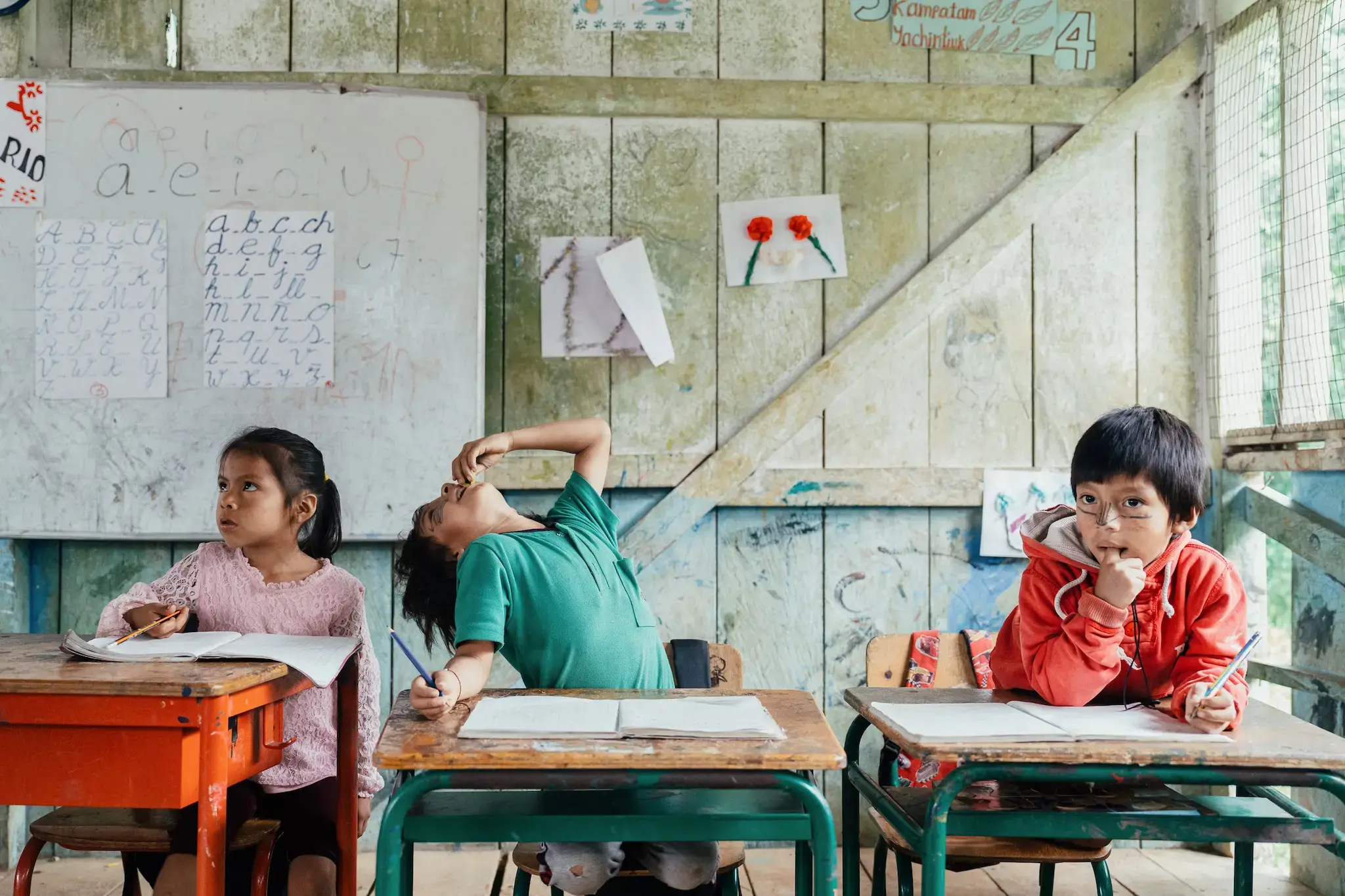

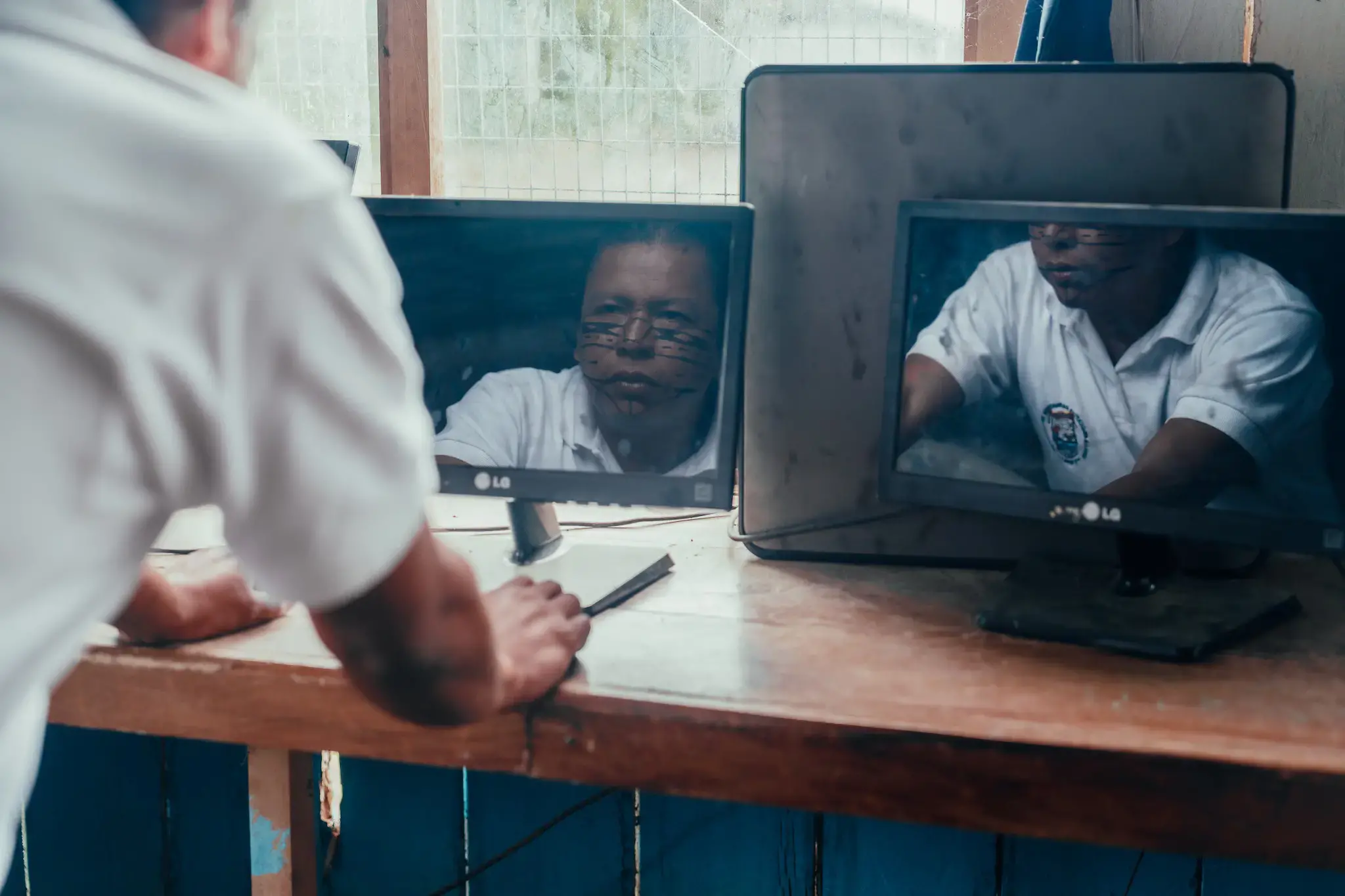
The new panels also feed the home of Bernabé Aragón, a teacher who had been paying for gasoline out of his own pocket so students and their parents had a place to charge up and surf the web. Now he can offer that free.
“I want to teach them about computers, about technology and the correct use of the internet, which is very important,” he said, as he printed out school tests with his new solar electricity.
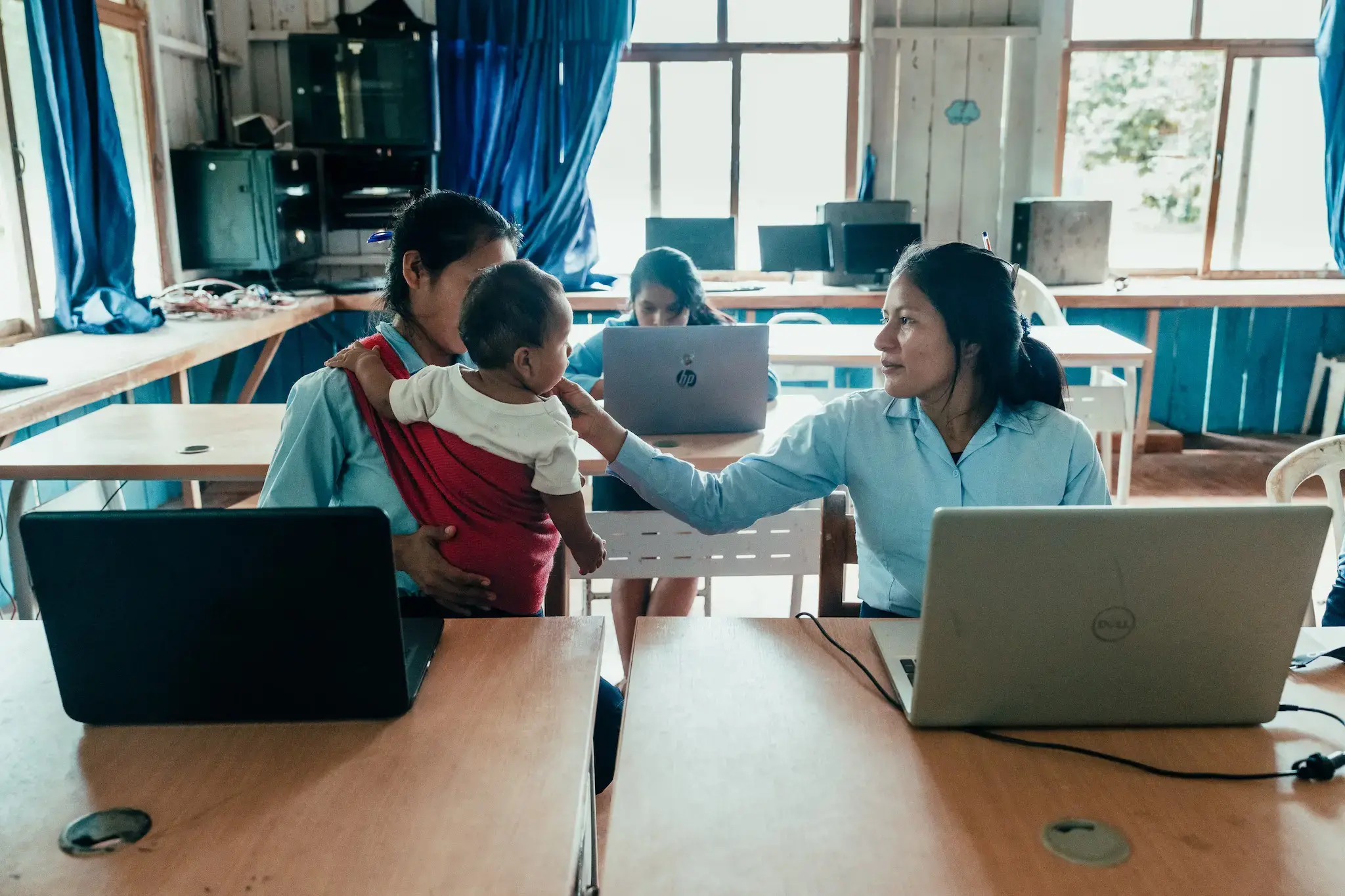
A solar economy
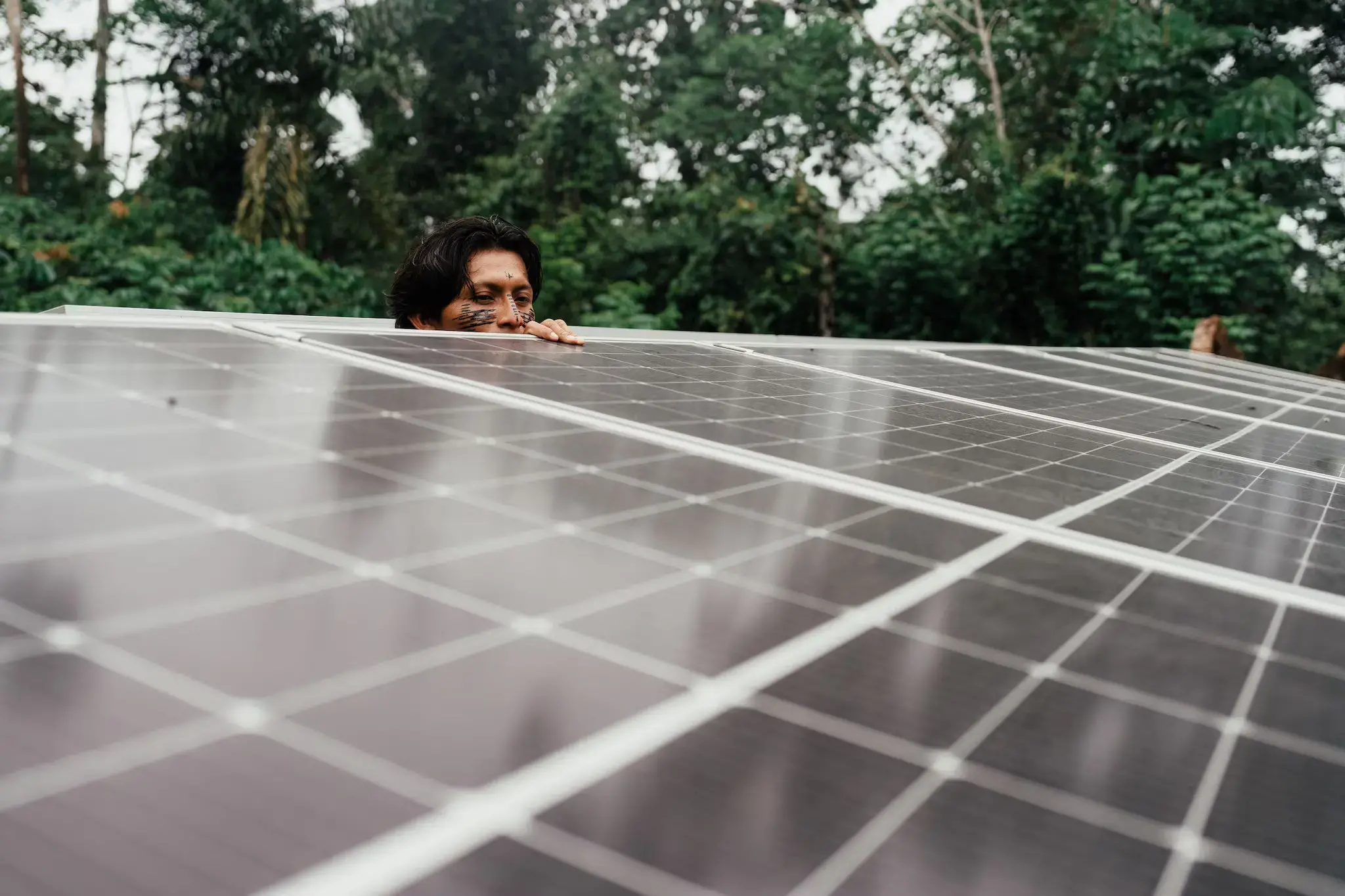
For generations, young men farmed the land, built huts or left their village to find work outside the jungle. Now solar panels are opening up other options.
In the Kapawi Solar Center, an open structure overlooking the Pastaza River, 20 solar panels power a dozen outlets strapped to bamboo poles. There, technicians such as Óscar Mukucham can charge up and hold workshops on how to install panels.
As a boy, Mukucham, now 23, had visions of solar boats moving through the river. Now he teaches others how to maintain them in the Amazon humidity.
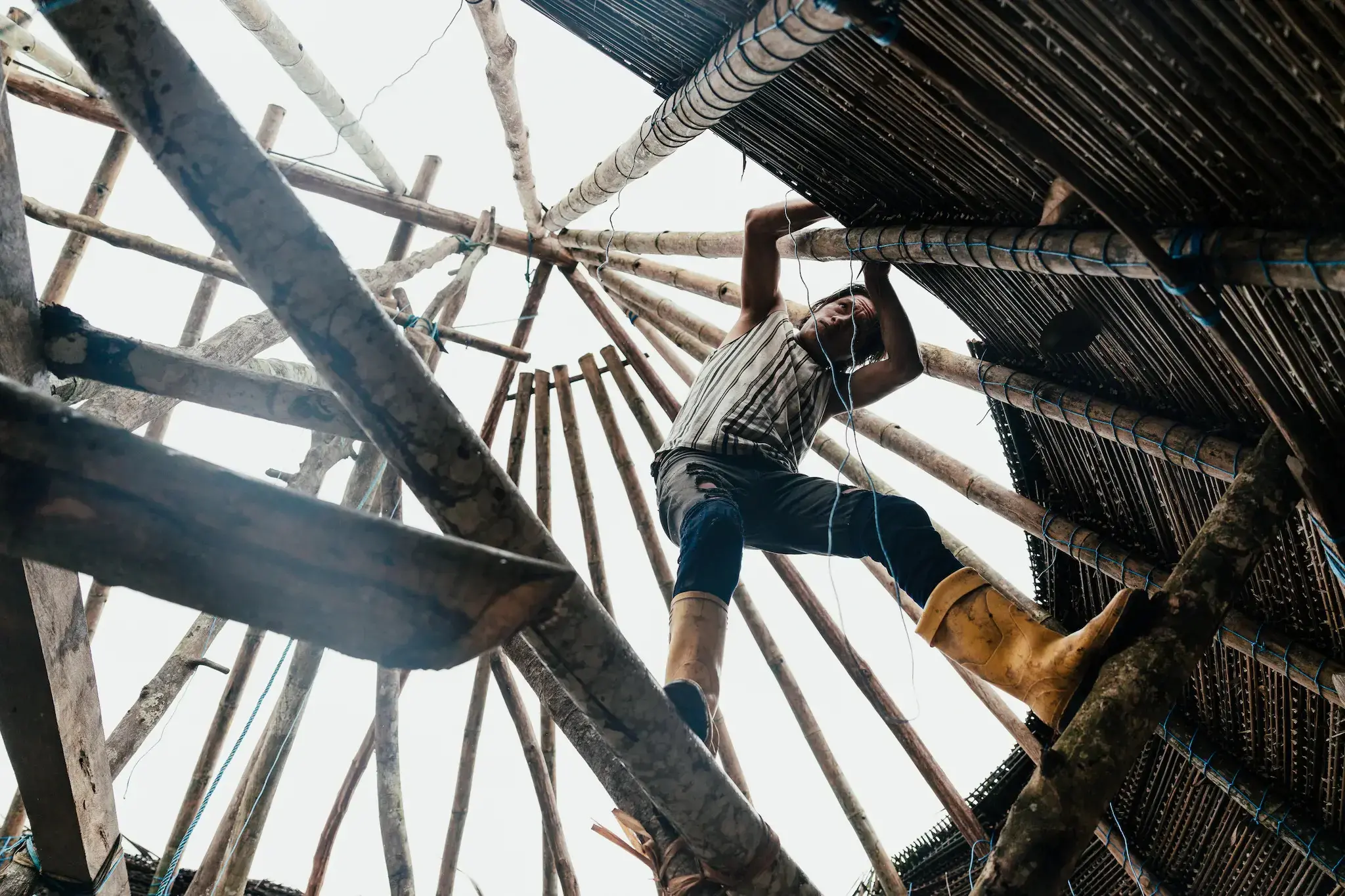
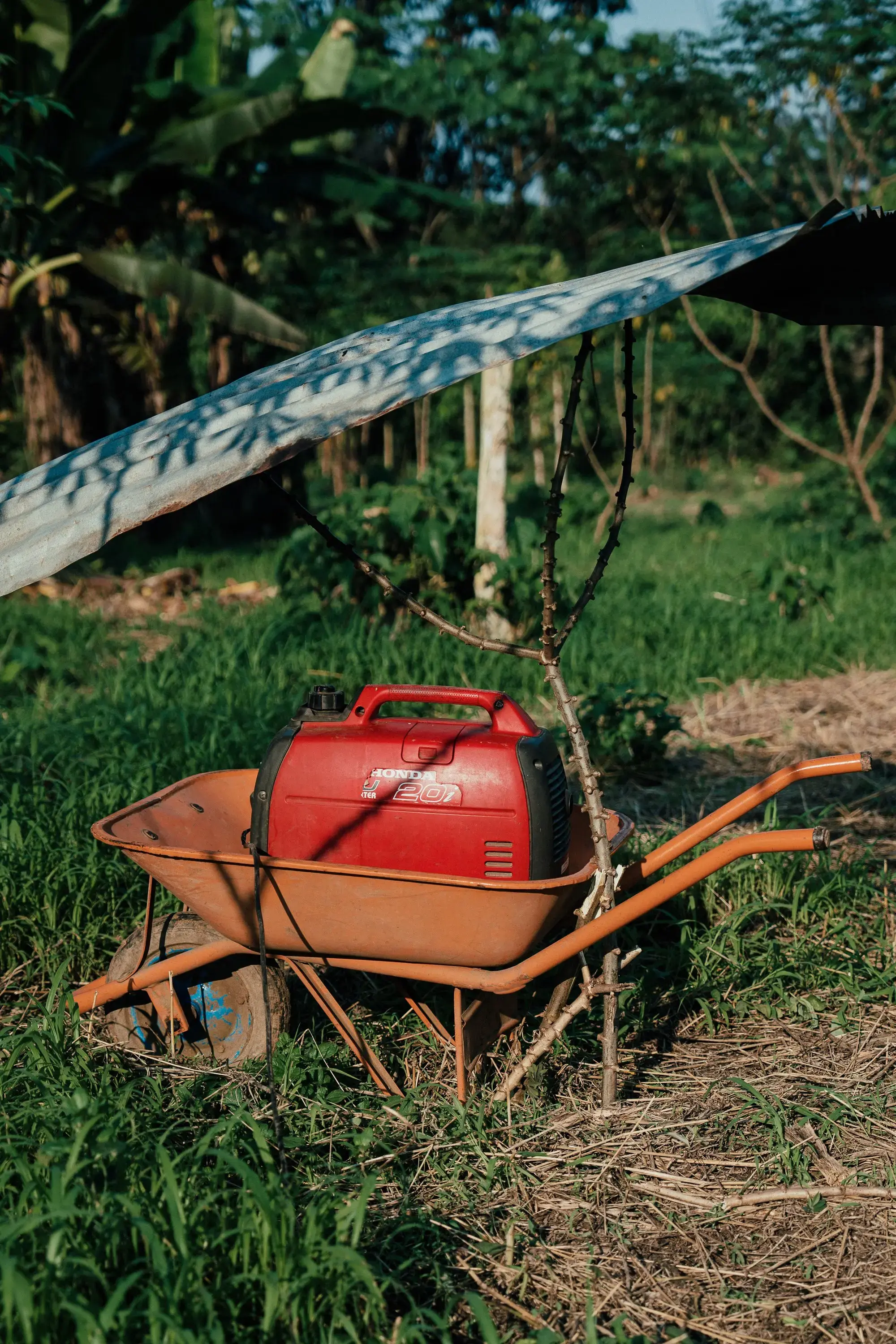

Others, such as Canelos, have found a market for this expertise beyond Ecuador. Canelos has given virtual and face-to-face workshops in Peru, Brazil and Suriname.
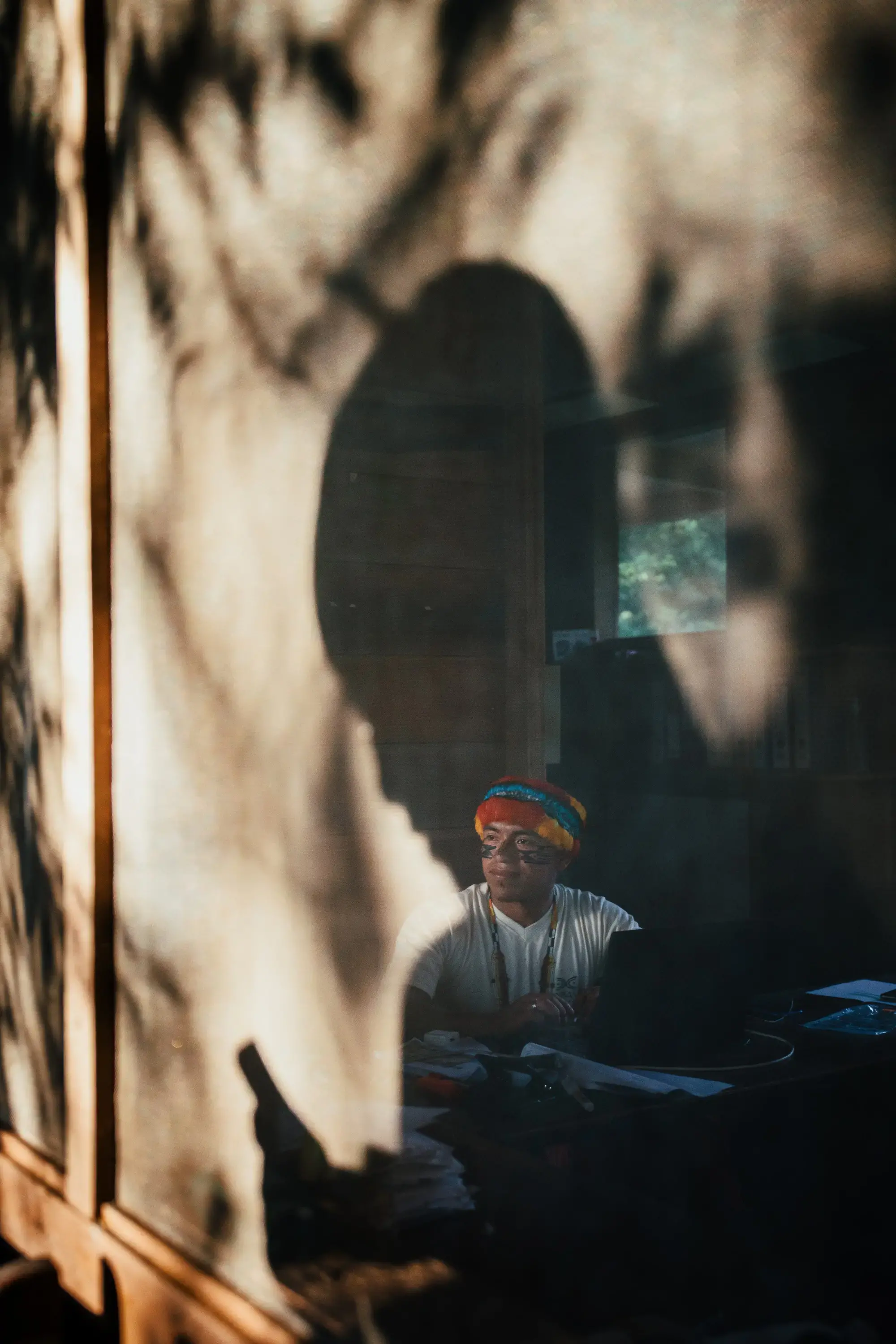
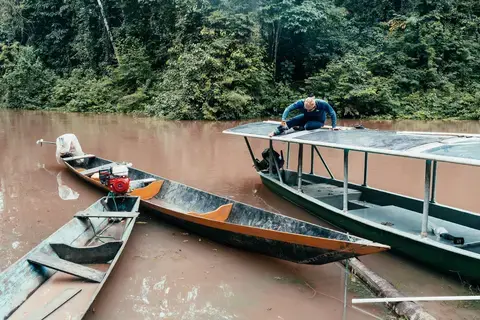
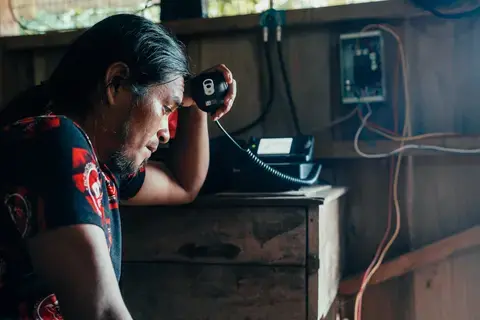
Solar power is also fueling eco-tourism. The Kapawi Ecolodge, a hotel managed by the community, boasts 64 panels that illuminate 10 cabins, the dining room and other hotel facilities for 24 hours a day.
The solar boats are so quiet, they make for ideal vessels for nature tours: They don’t scare away dolphins or birds.
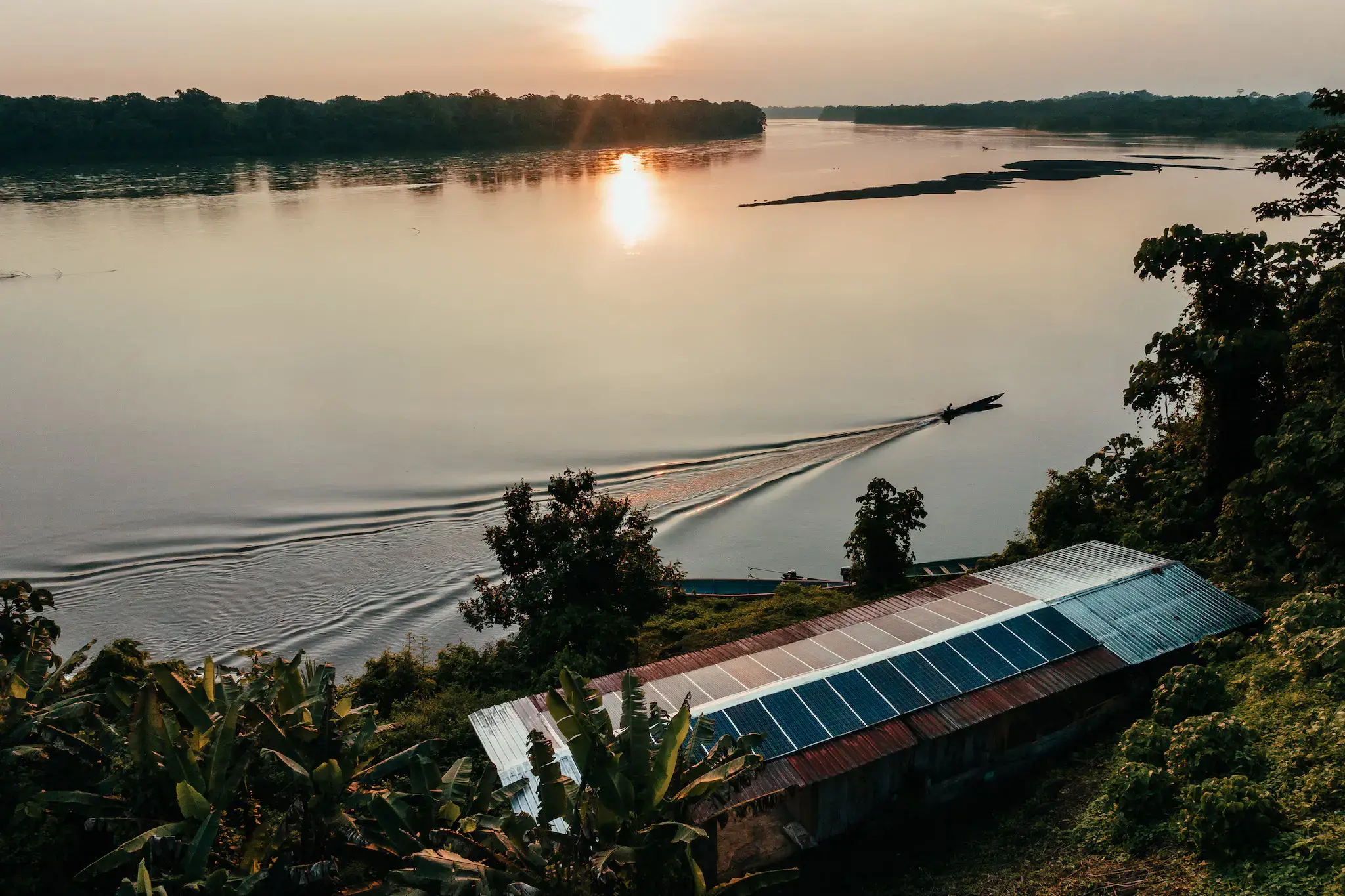
A window into the world
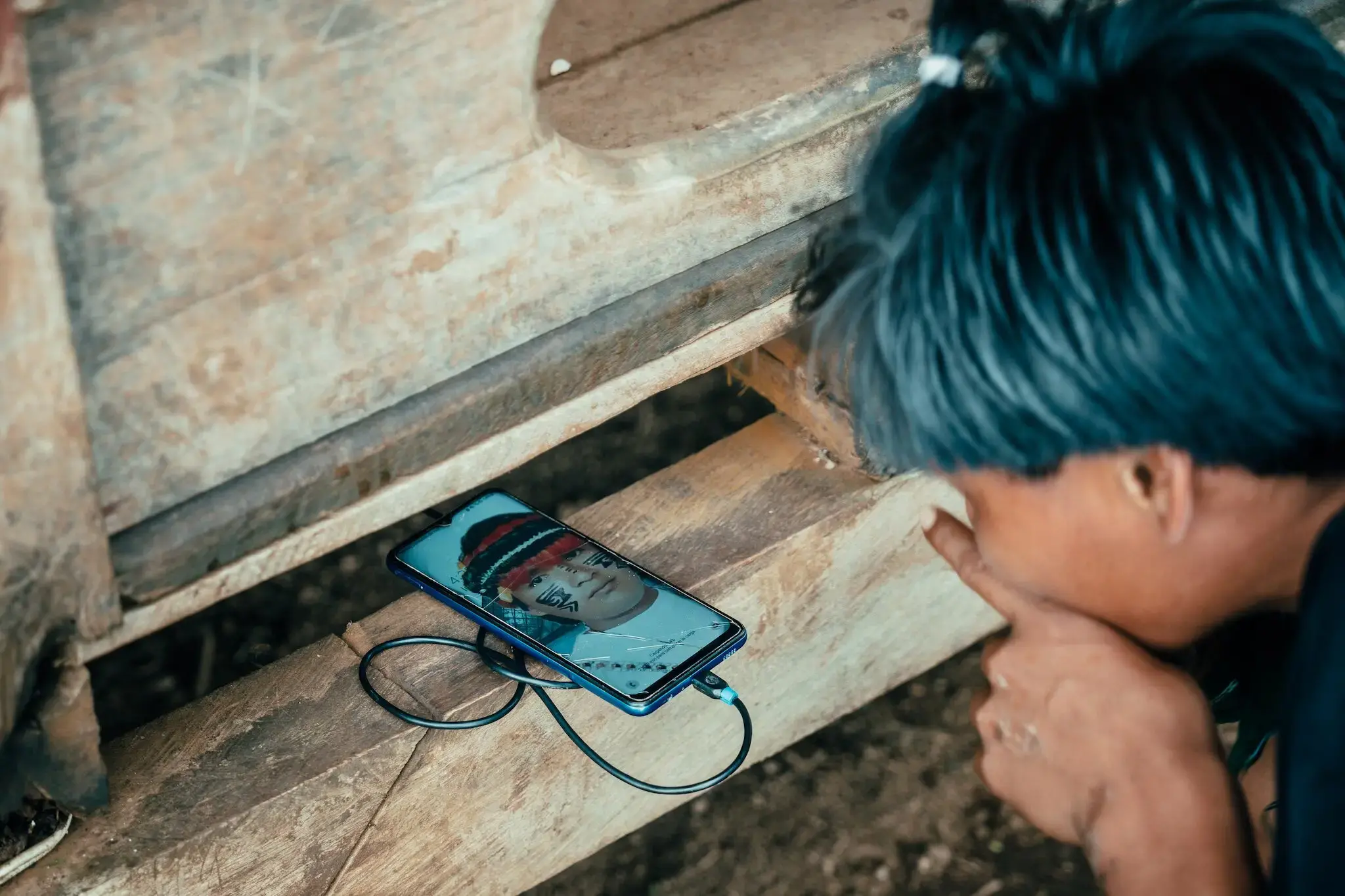
Along with houses and boats, the sun is now powering cellphones, providing residents a handheld window into the world. Web surfing has gone from a rare indulgence to a daily activity. While before every charge cost money — and pollution from gasoline generators — Kapawi residents can now charge up free.
They can text back and forth with family in other communities, or download tutorials to learn new skills, for example, on how to become better builders.
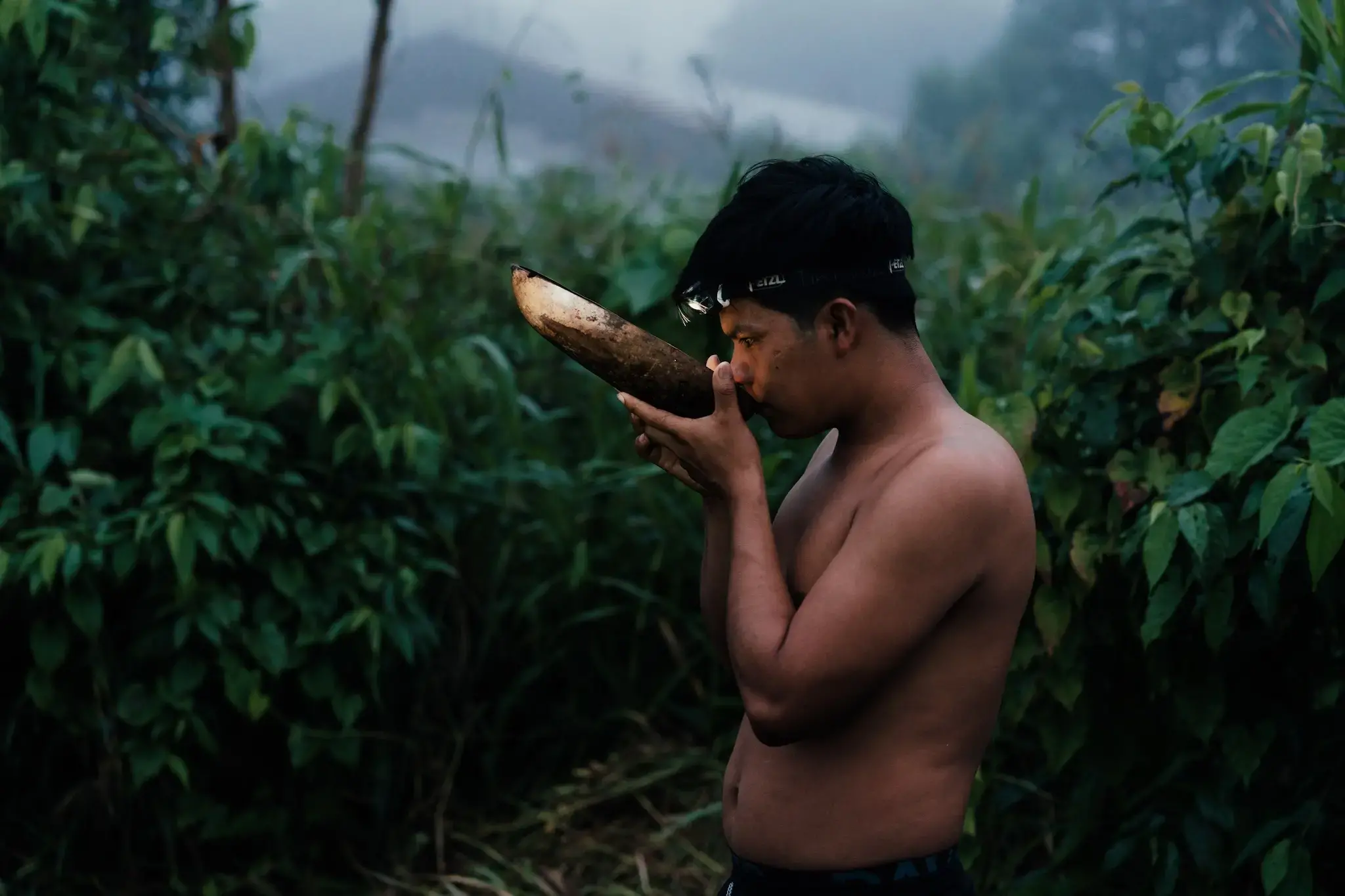
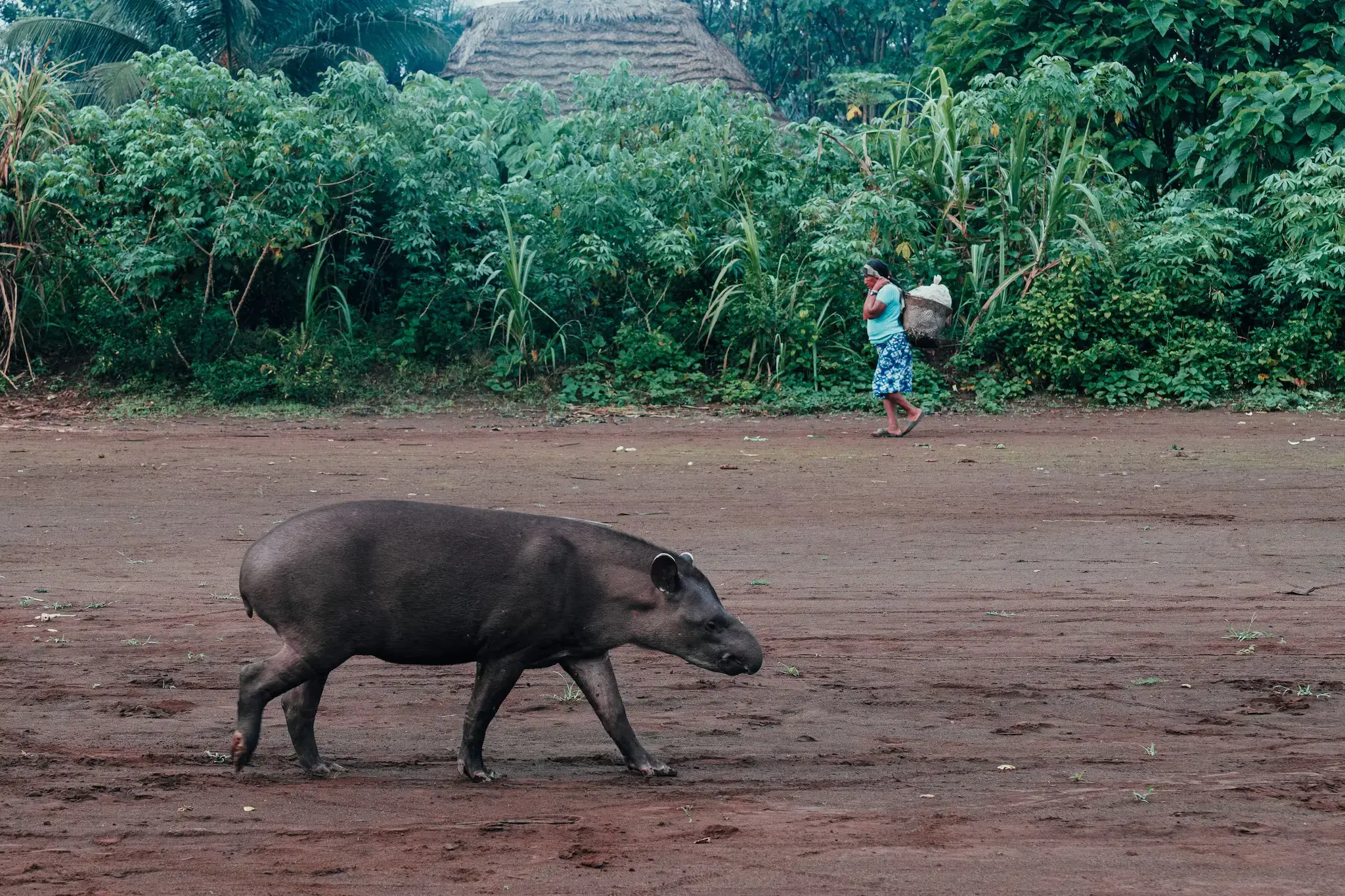
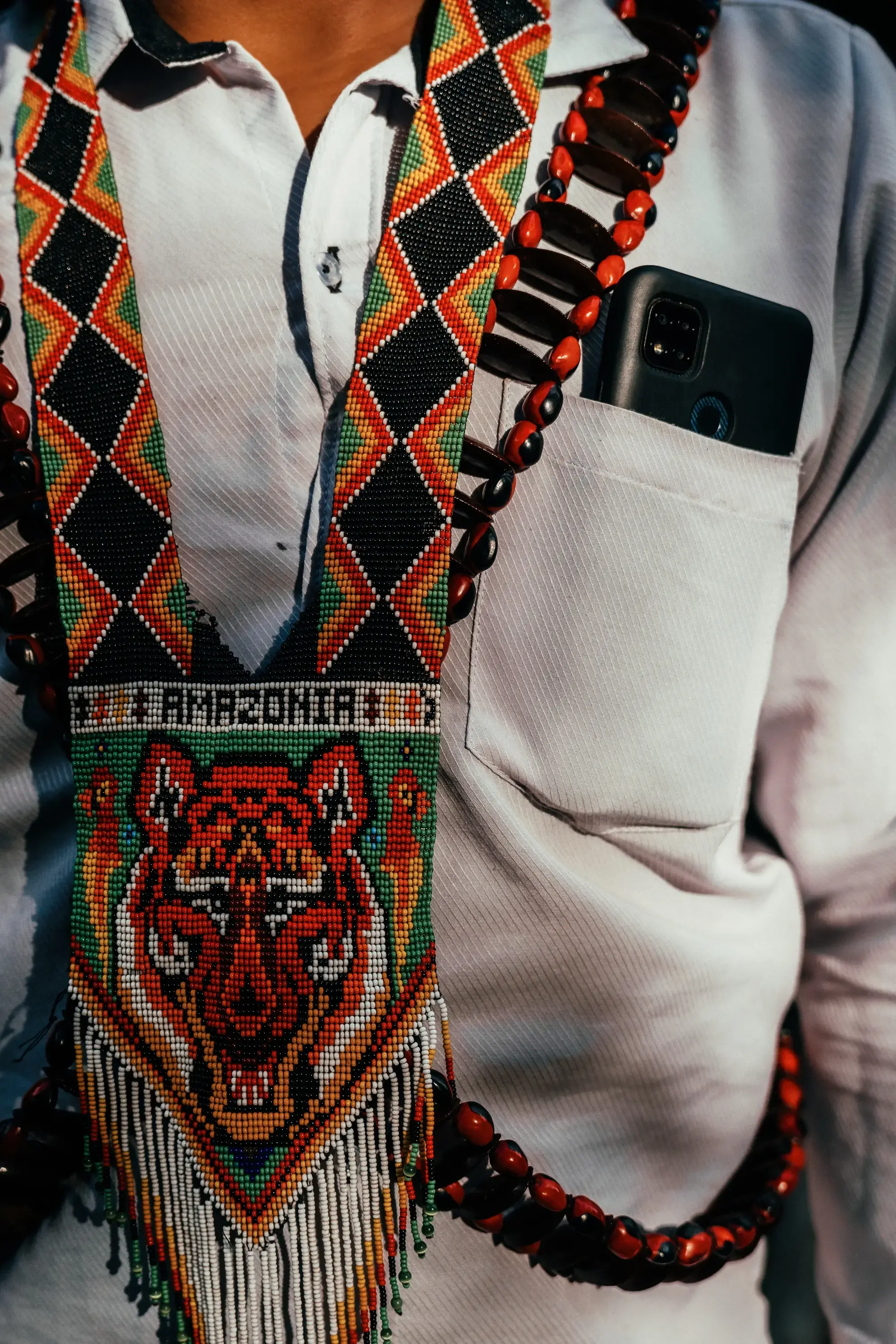
The day after the internet was installed in Kapawi, Elena Gualinga, a 31-year-old mother of four, learned how to download movies and soap operas on her cellphone. Aragón, the schoolteacher, showed her the best websites and helped her create a Facebook account.

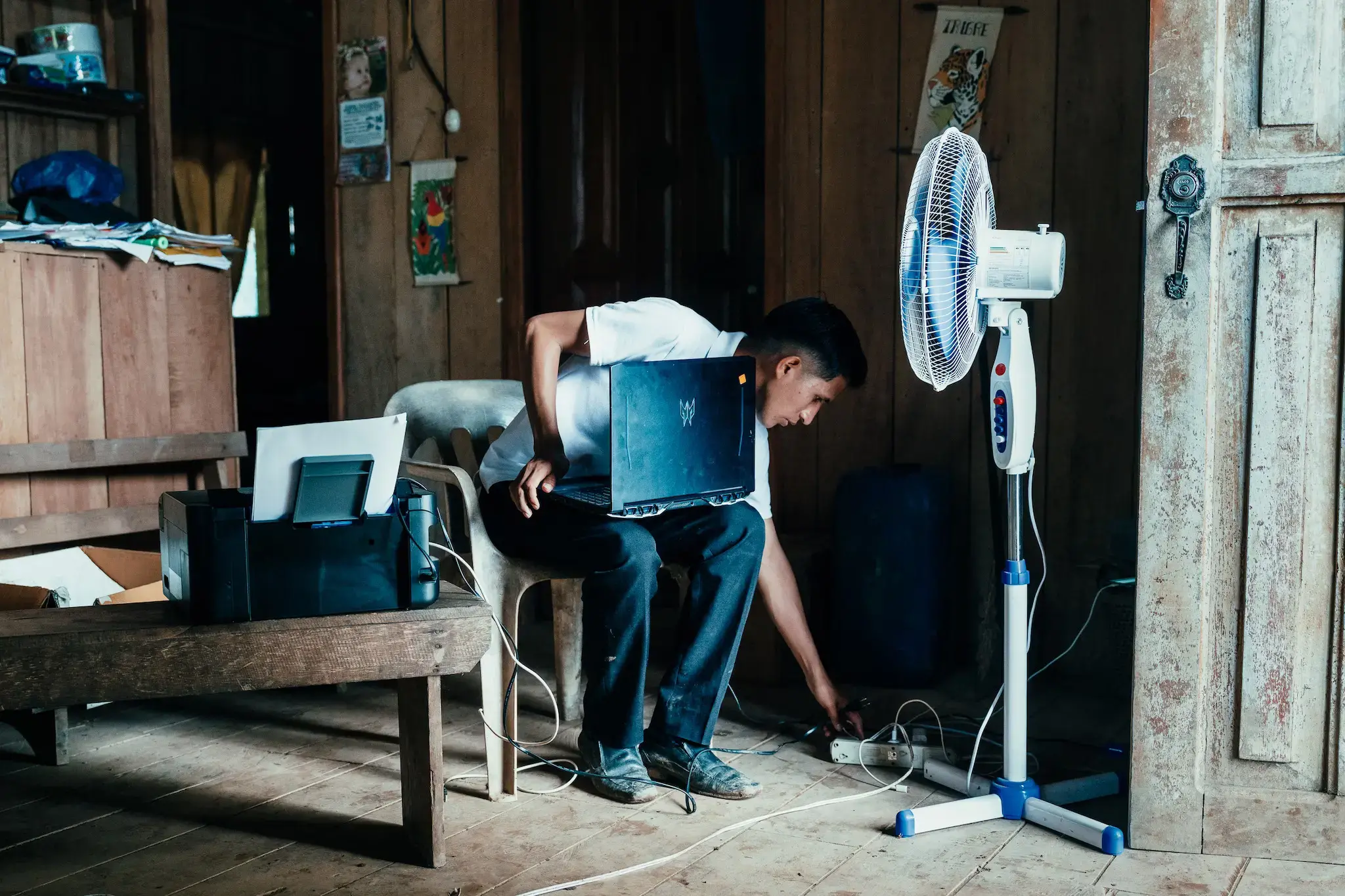
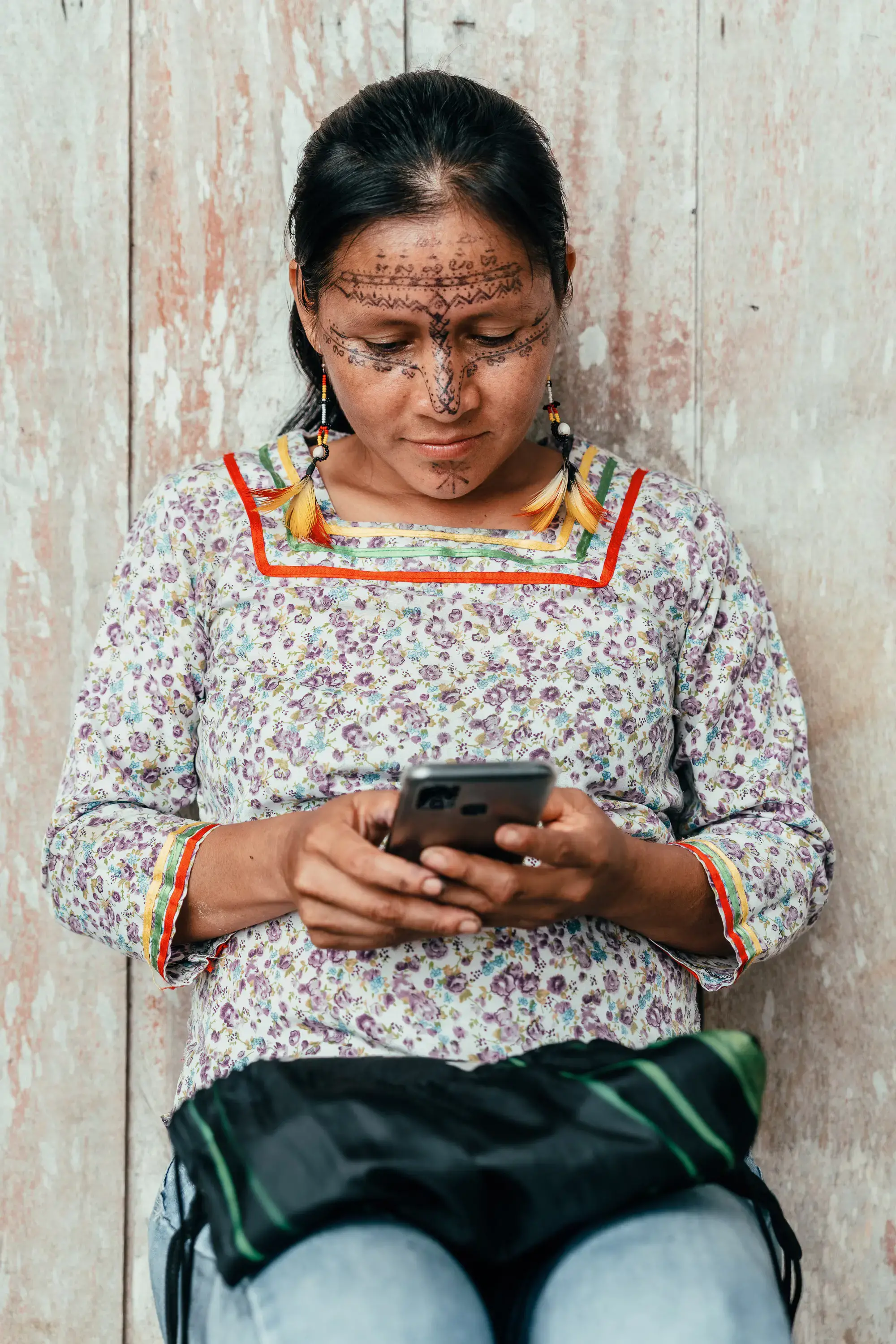
In Sharamentsa, a 30-minute boat ride from Kapawi, Luciano Peas captains Tapiatpia, or electric fish, his village’s solar boat. He plugs in his phone every night to learn English online so he can better interact with tourists.
This community now has solar-powered radio, which it uses to communicate with nearby villages and Puyo, the regional capital. This gives residents a way to quickly call for airplanes in case of emergencies, or invite other villages to sporting events.
Before, relaying those messages took more effort and time.
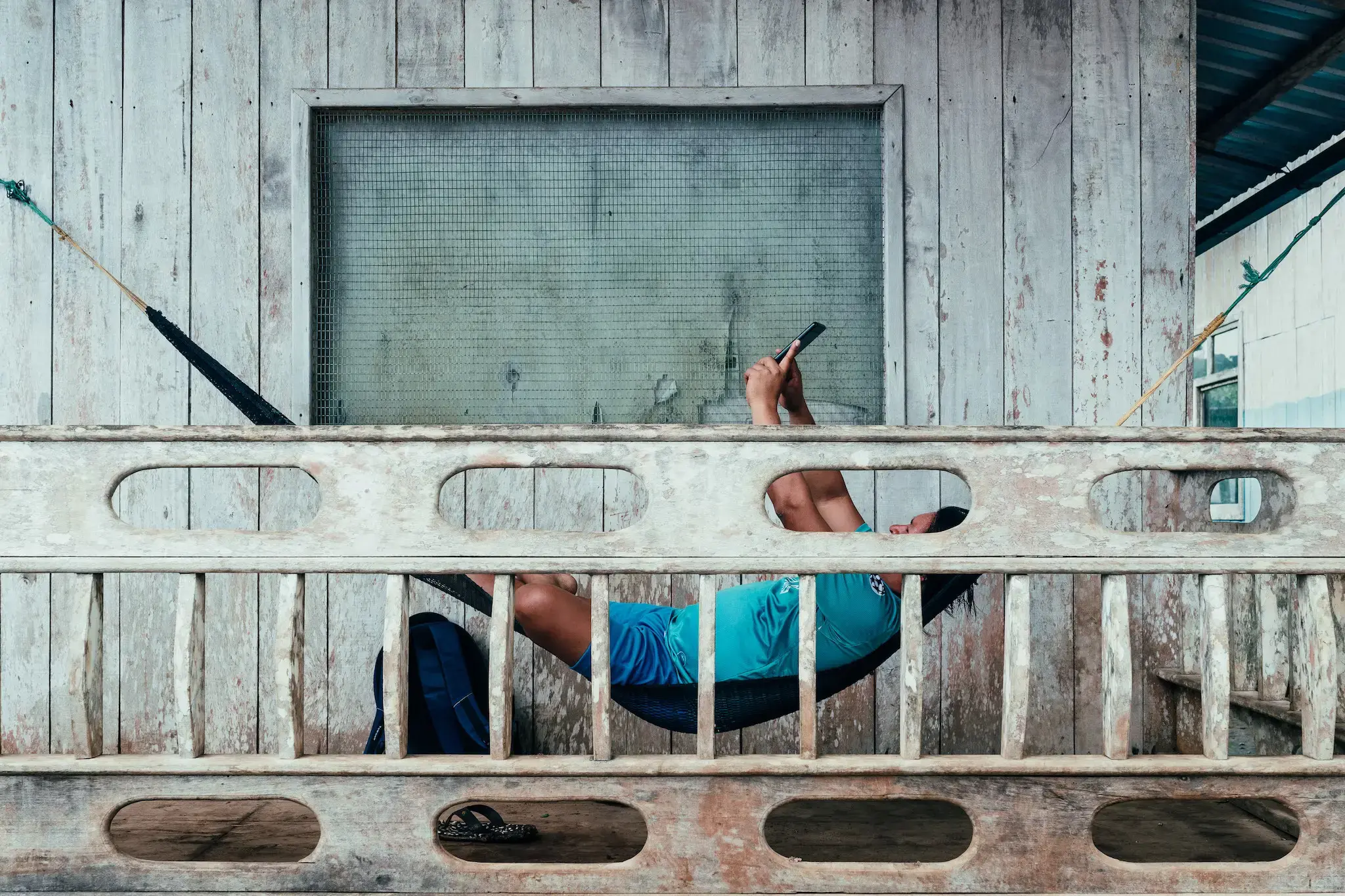
Life after dark
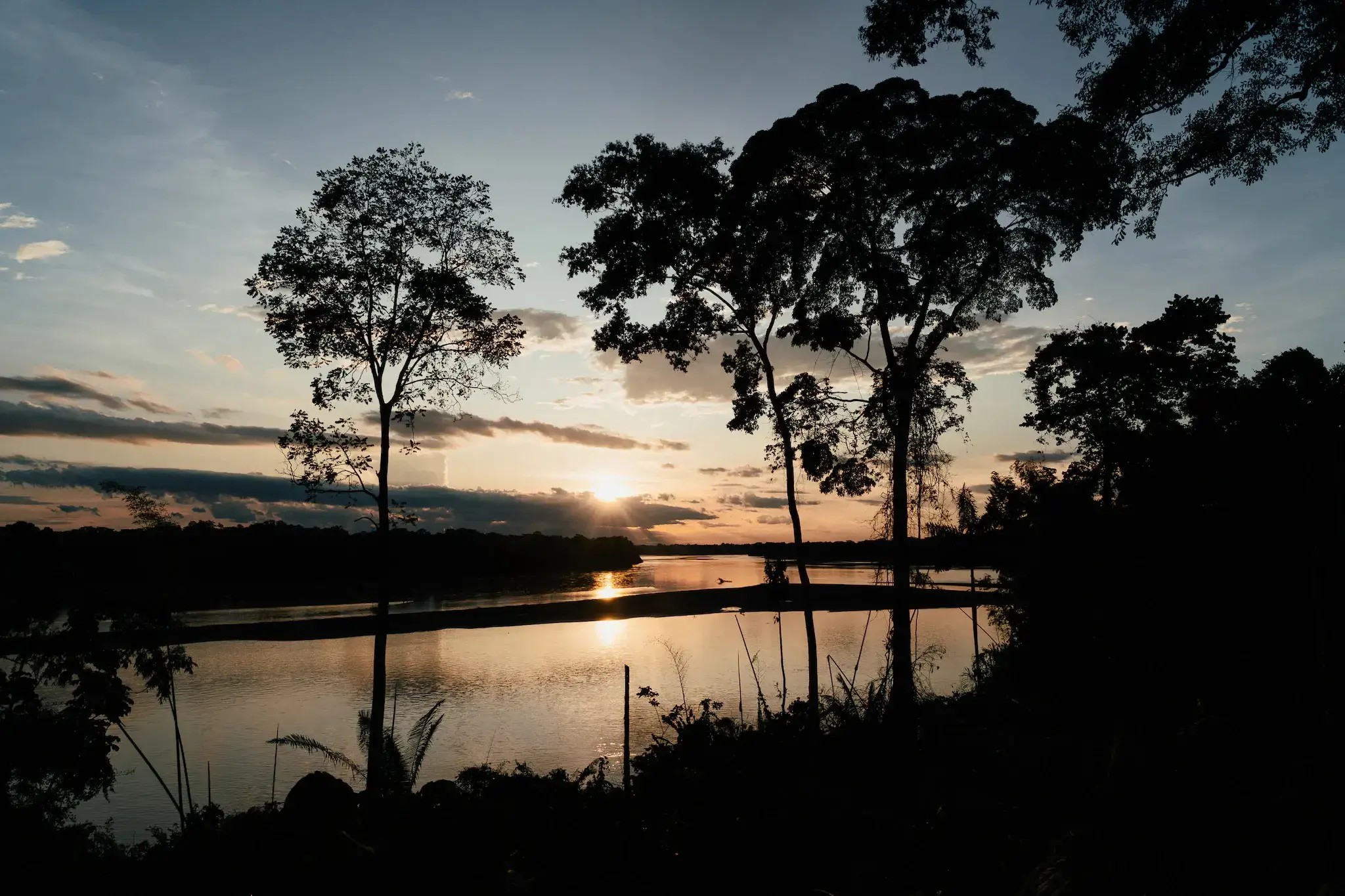
Before solar power, the villages became pitch black after 6 p.m. Piercing the darkness was expensive — and cumbersome since residents had to boat in fuel, flashlights and batteries.
Now, just as in Canelos’s dream, each of the 28 huts in Sharamentsa is illuminated by solar lights, donated by Nia Tero, another foreign nonprofit foundation working in the Amazon. The small white solar lamps enable the village to squeeze out at least four more hours after sundown.
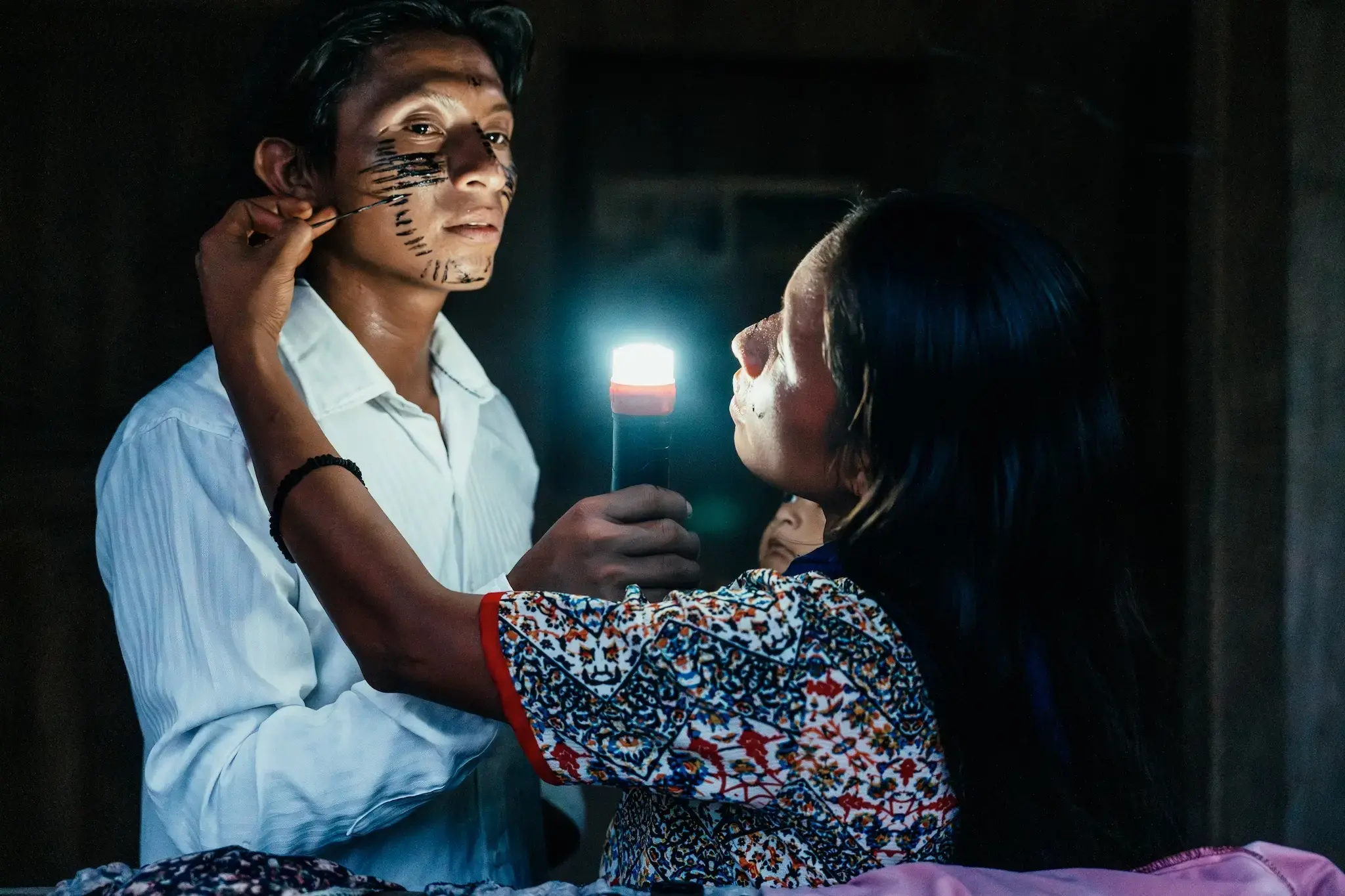
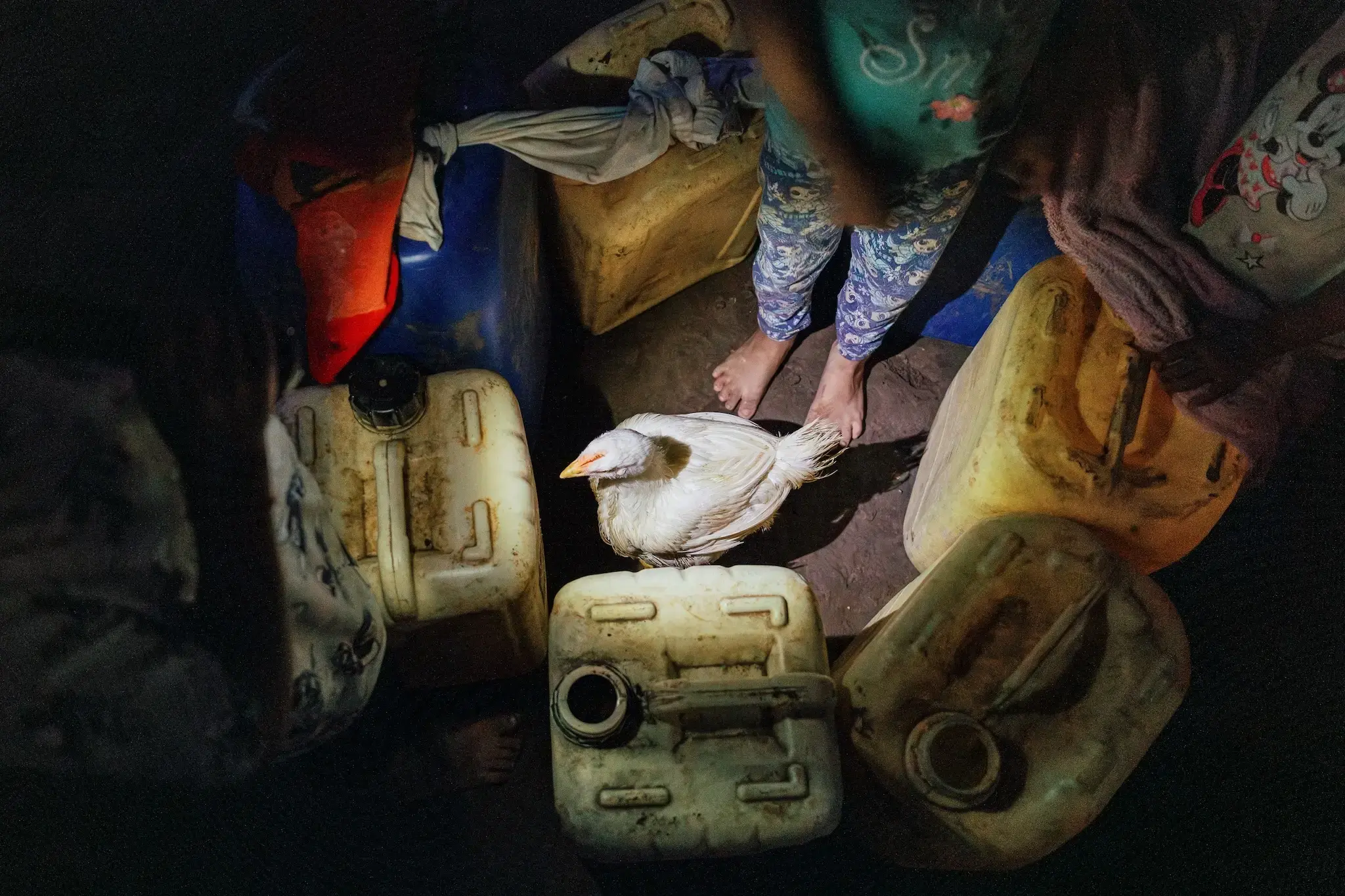

Lamps now shine in common areas, such as the volleyball court, to avoid encounters with snakes, previously a common occurrence.
Residents now cook together and eat later in the evening. They play music at their parties and dance to cumbia, reggaeton and traditional Achuar songs.
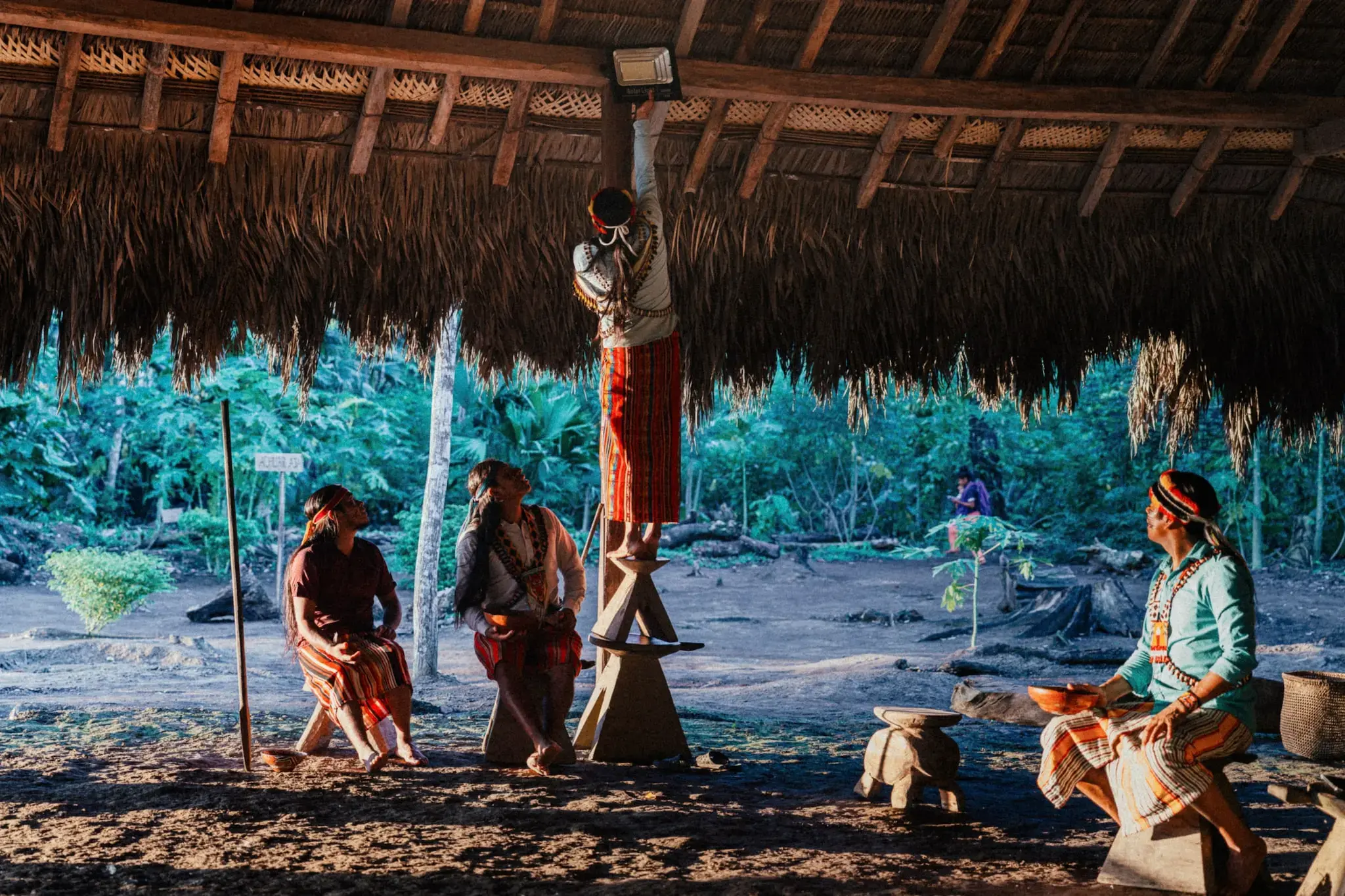
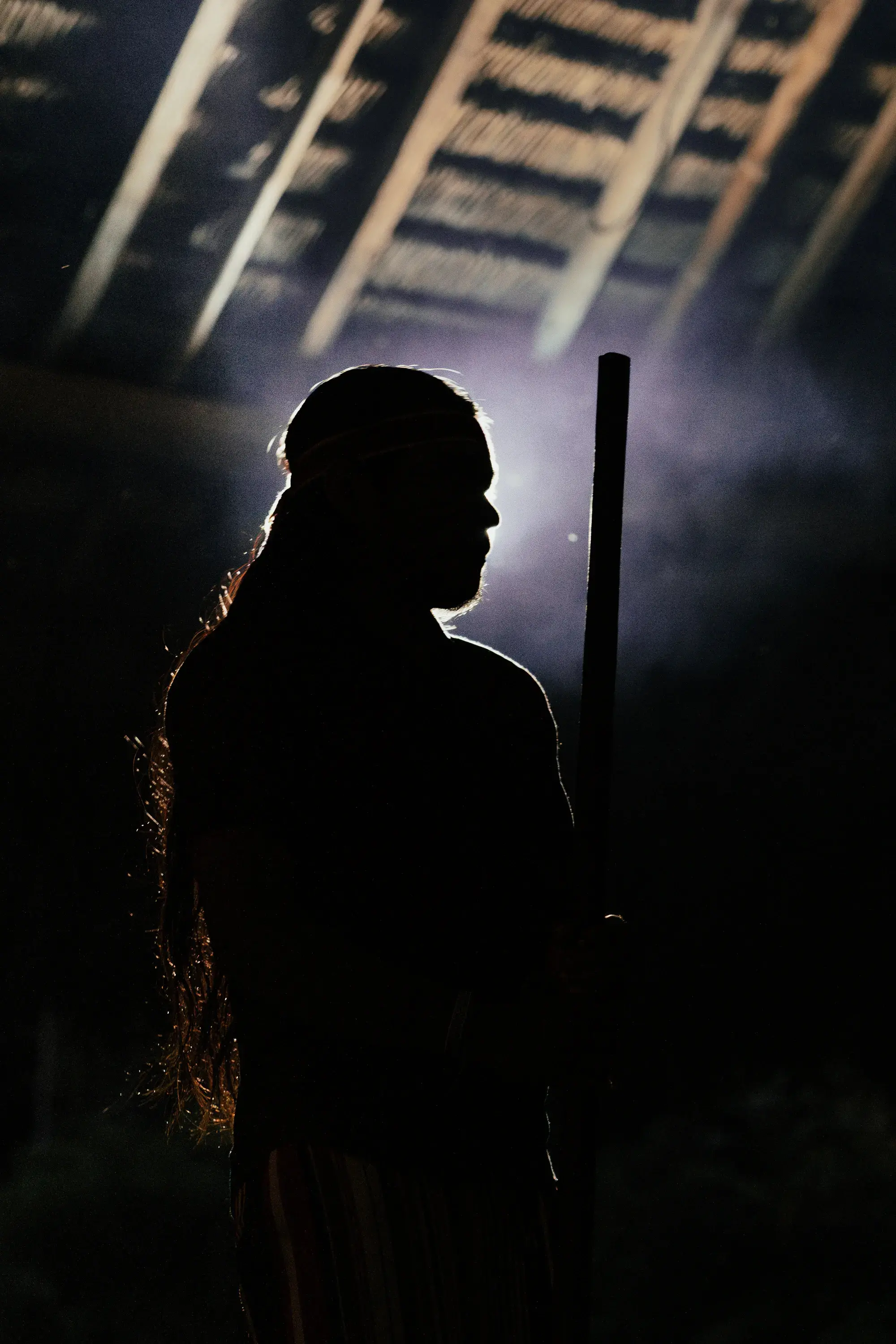
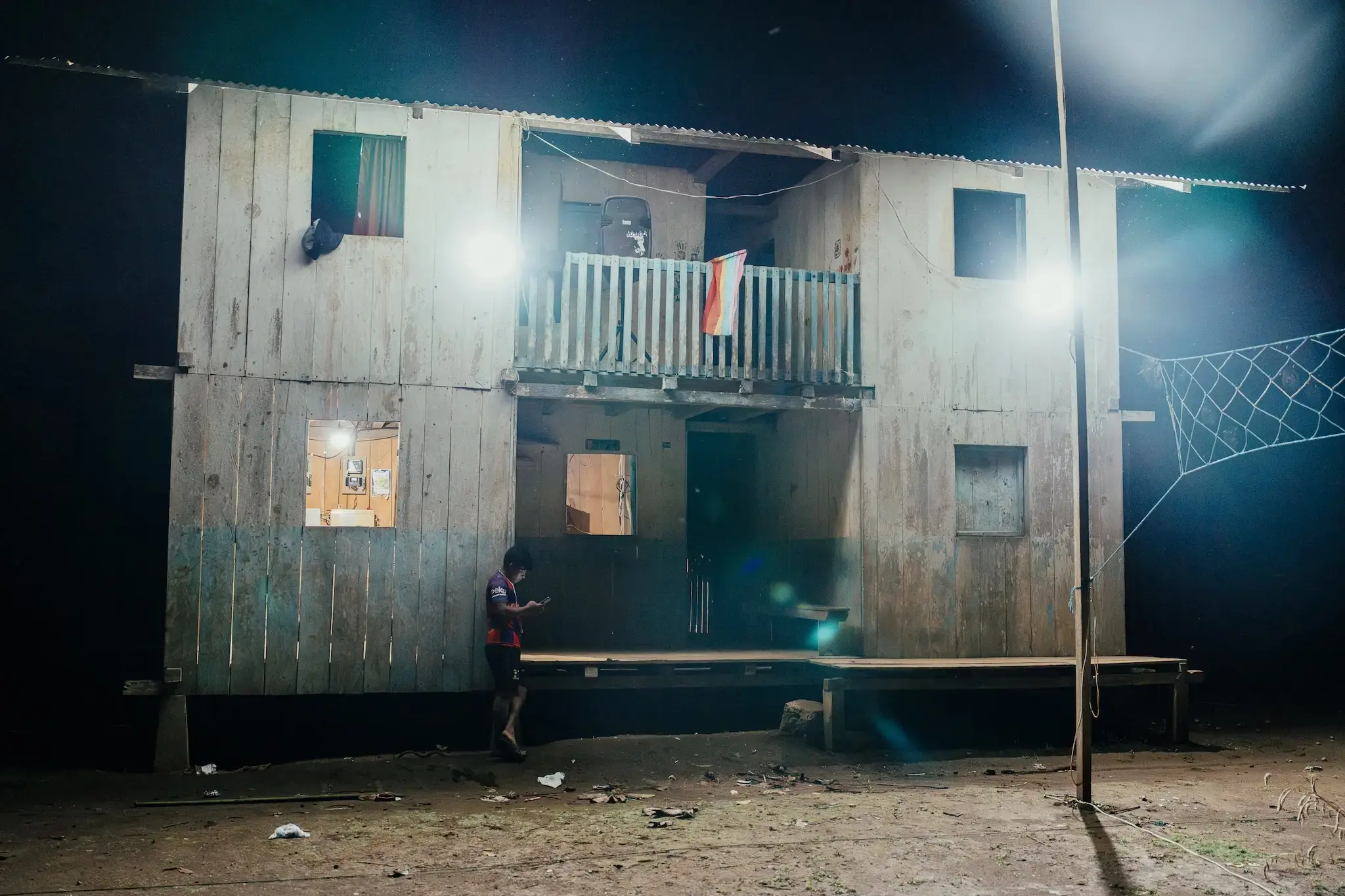
For Canelos, the lamps and panels are enabling a bigger vision: powering the Amazon without scarring it with roads and poles. Solar energy connects them to the world beyond their home, while preserving the ancient traditions that have sprouted from its rich rainforest floor.
“We cannot talk about the fight against extractive activities if we are consuming fuel,” he said. “Just as the sun makes life possible on the planet, it also allows the Achuar to keep their culture alive.”
